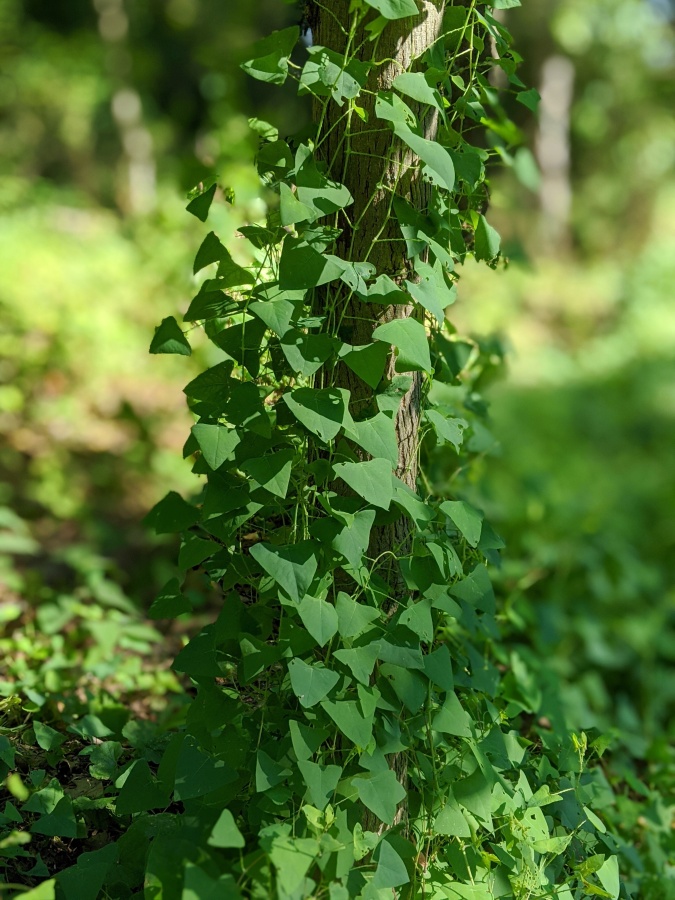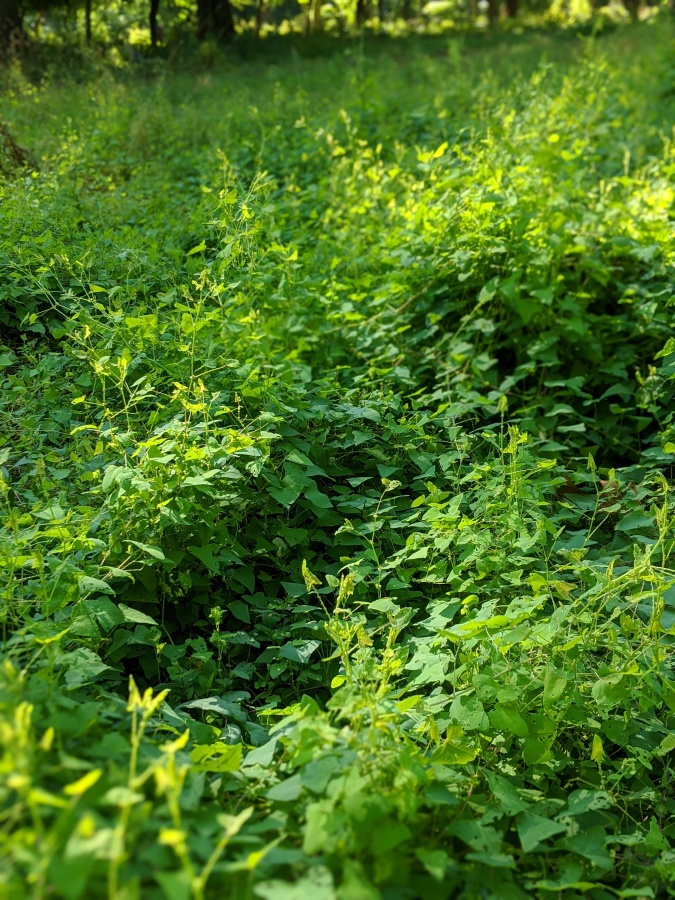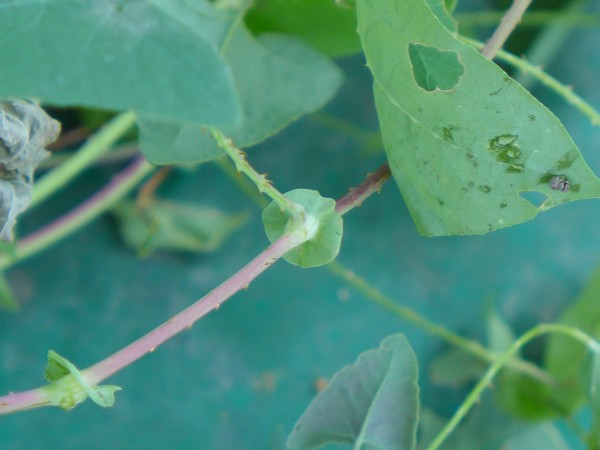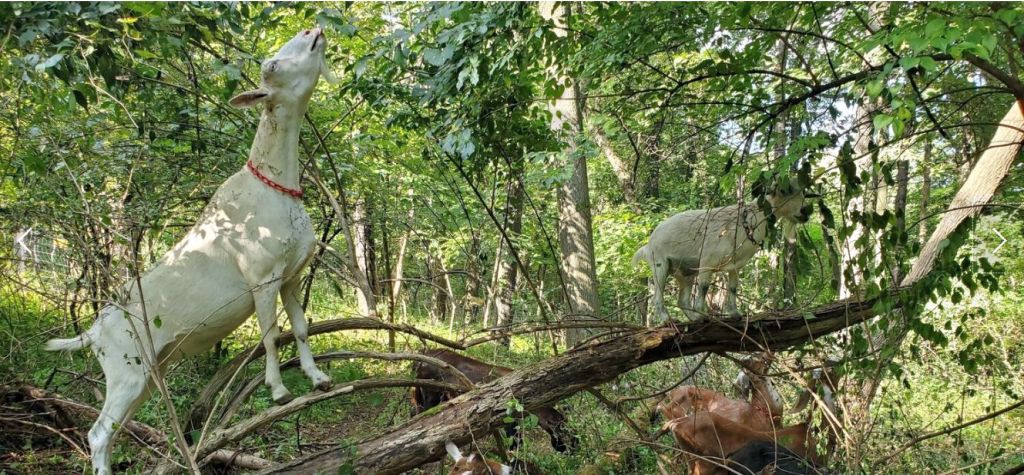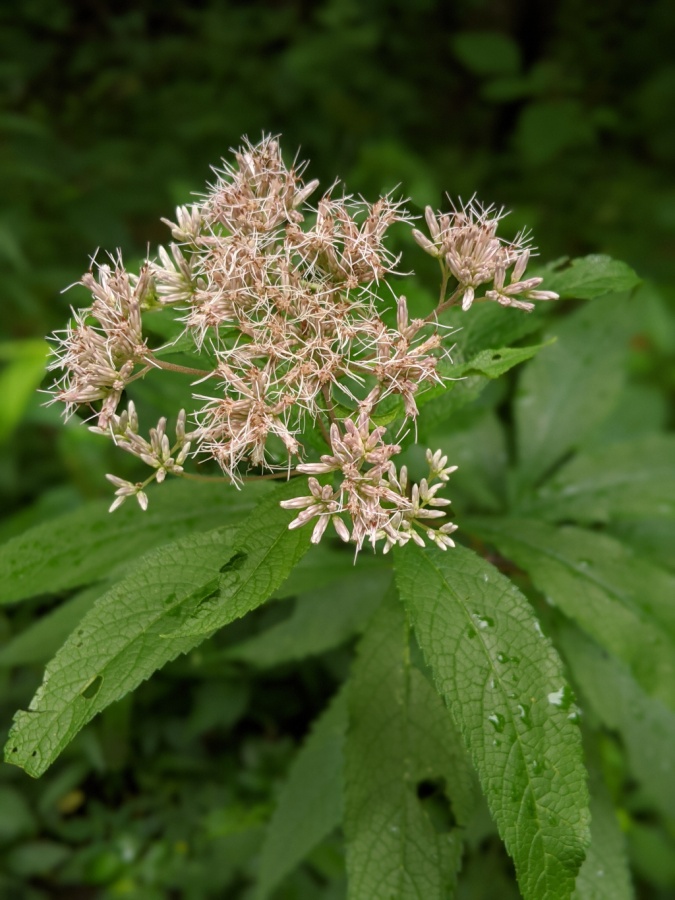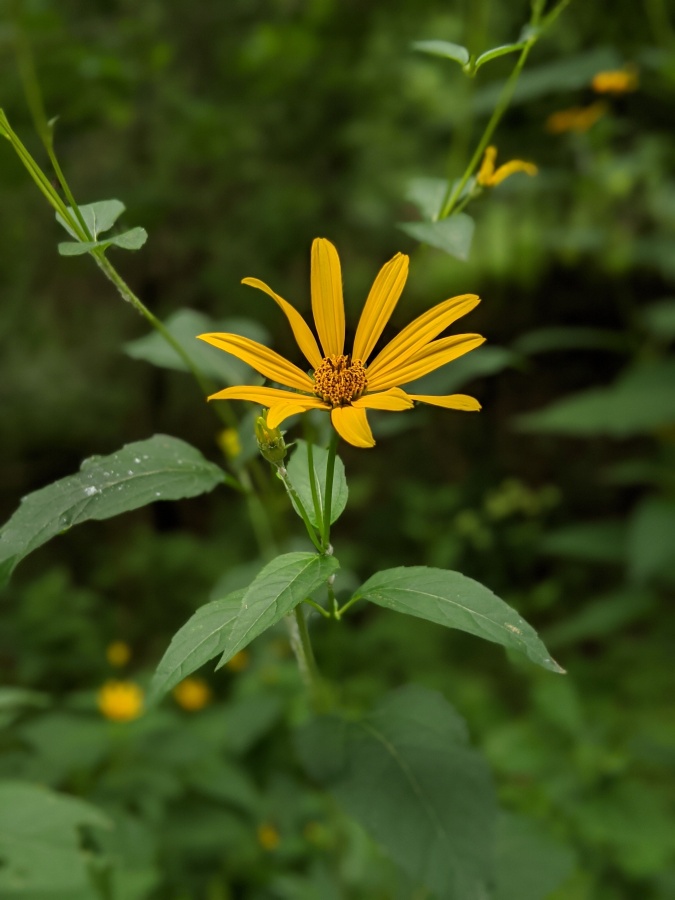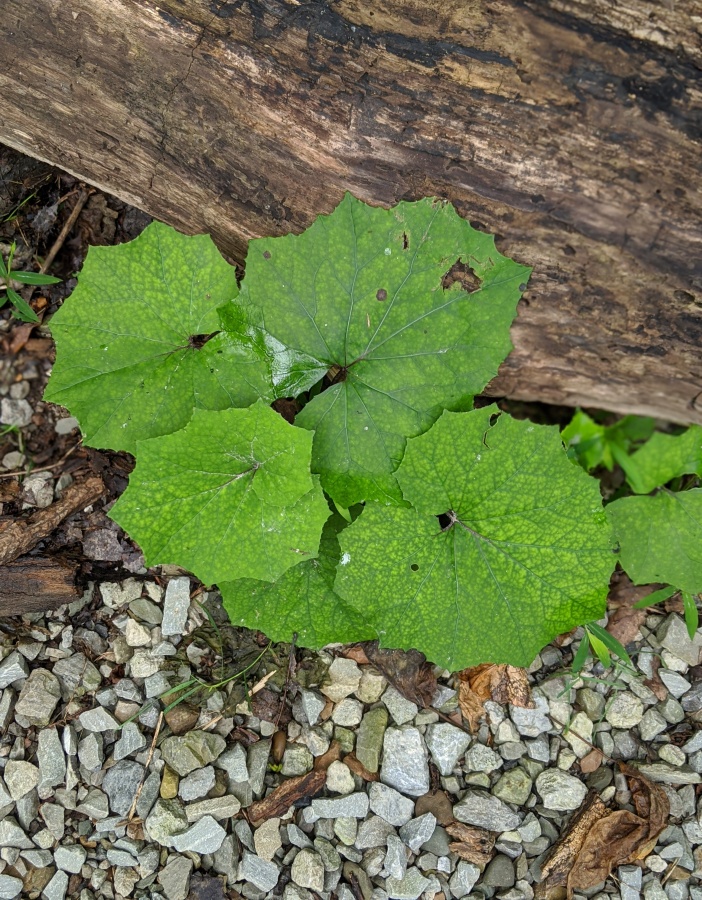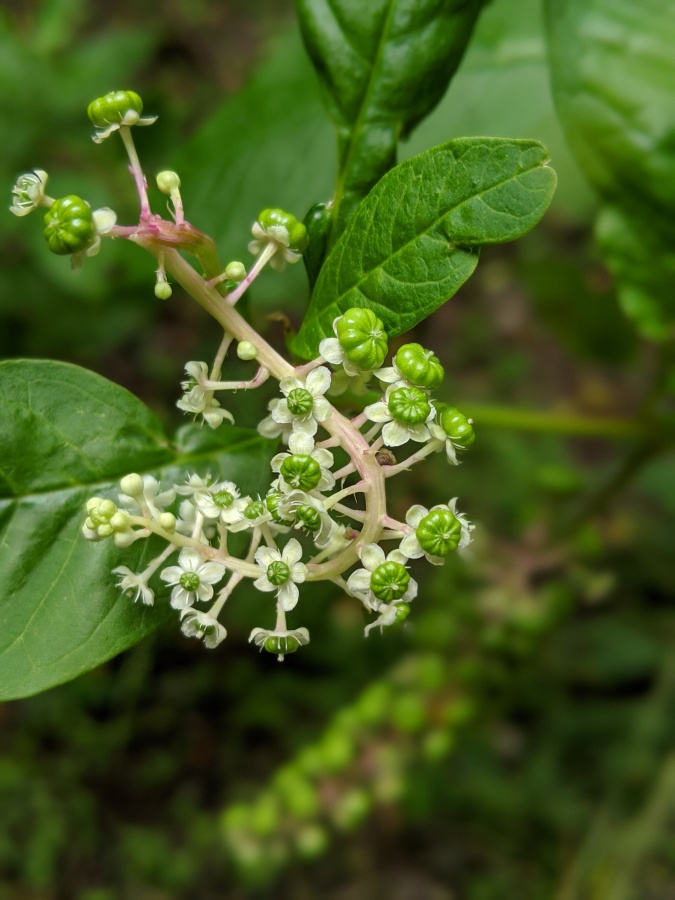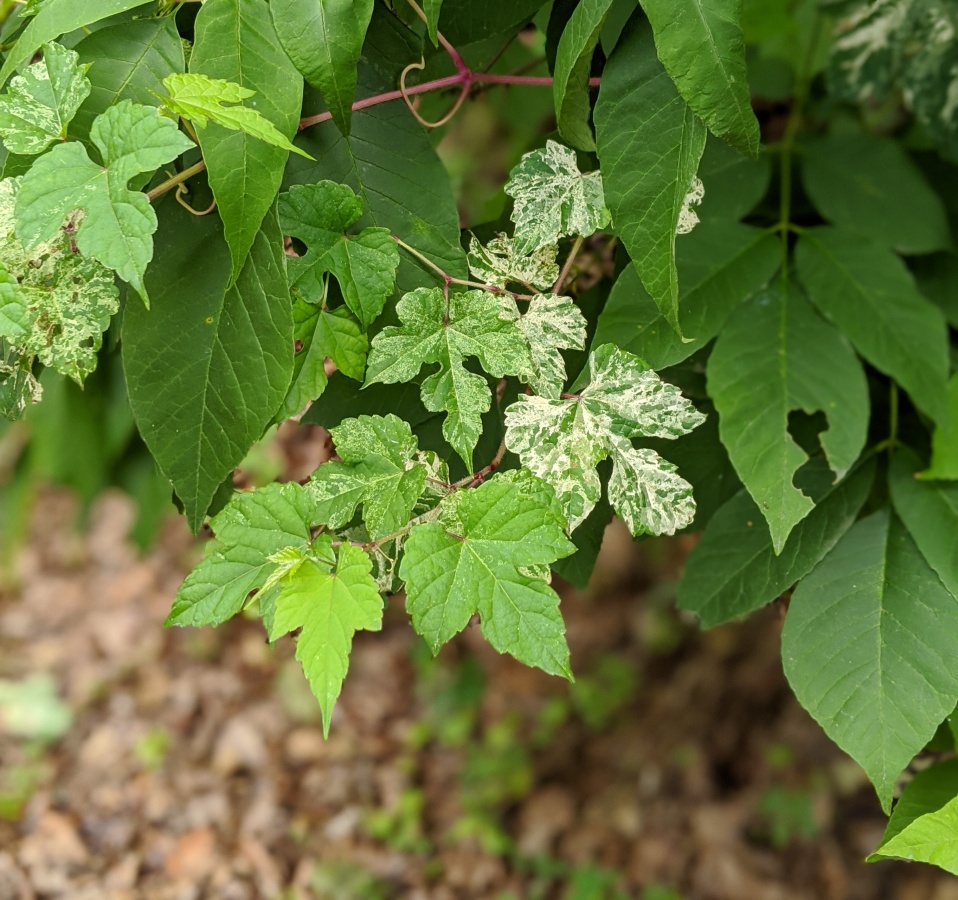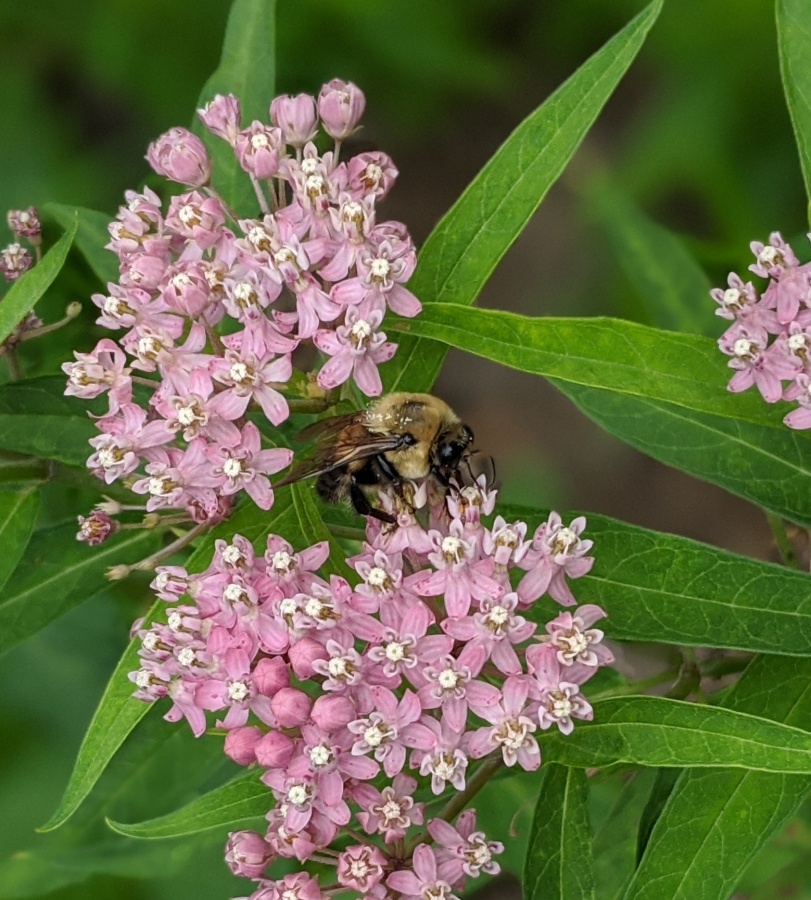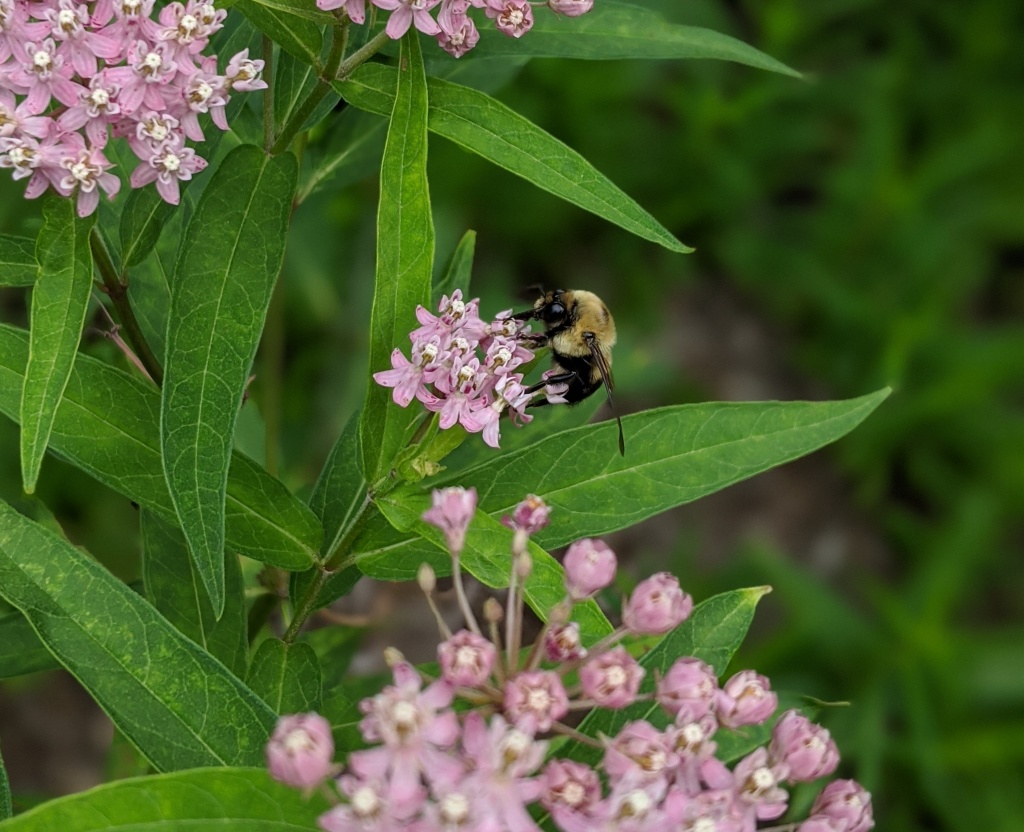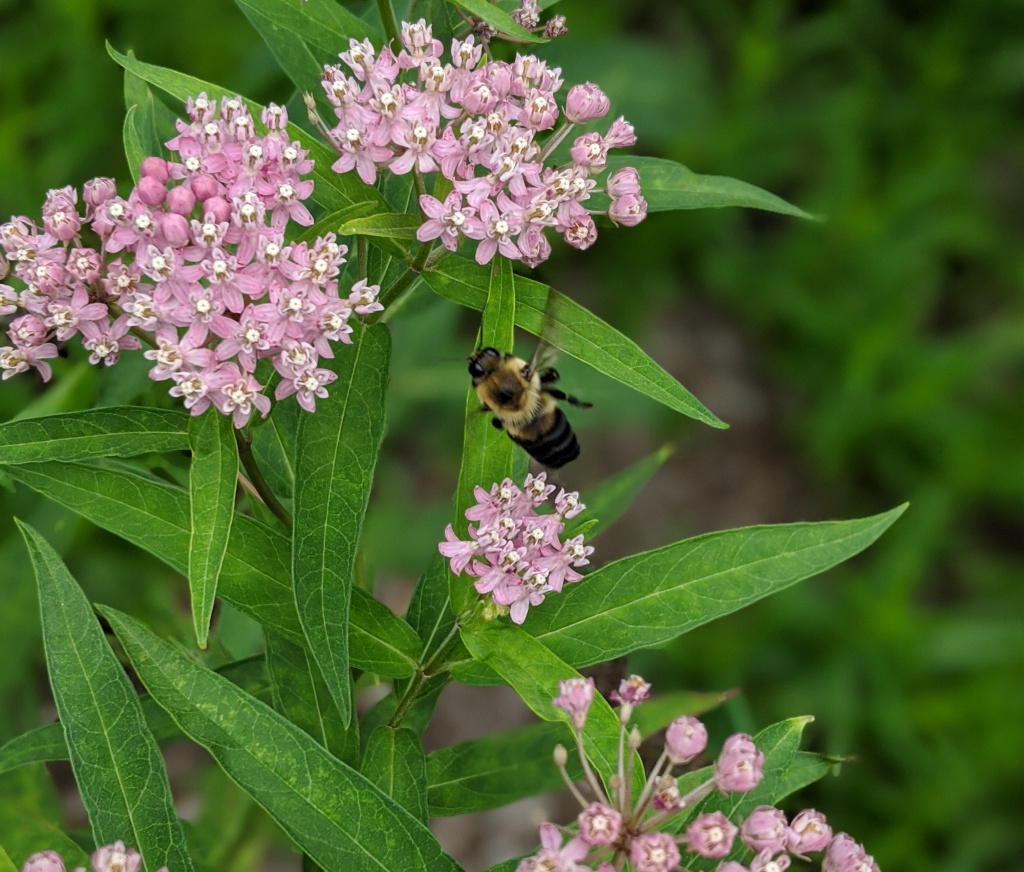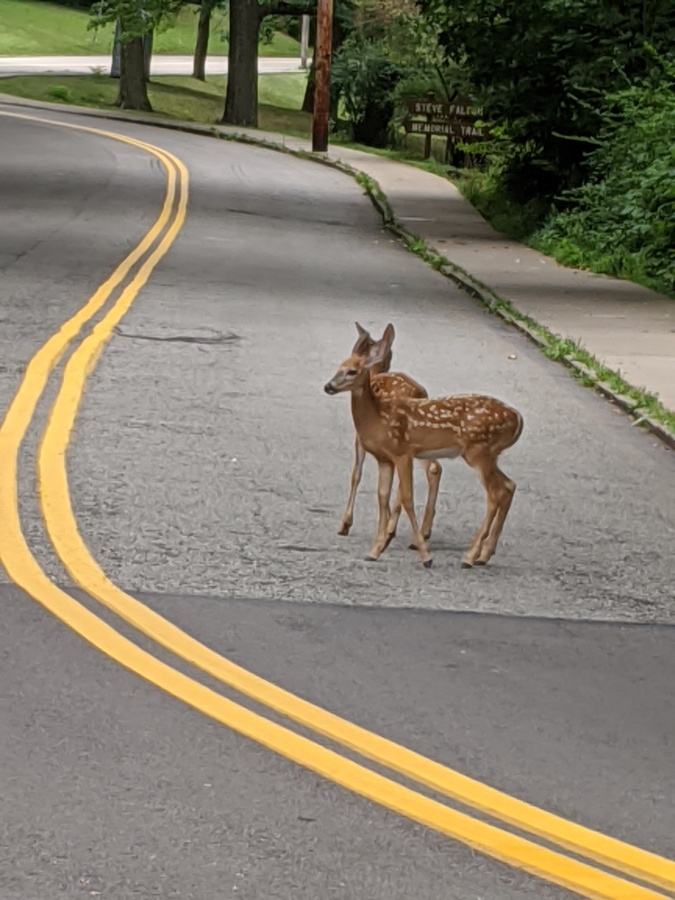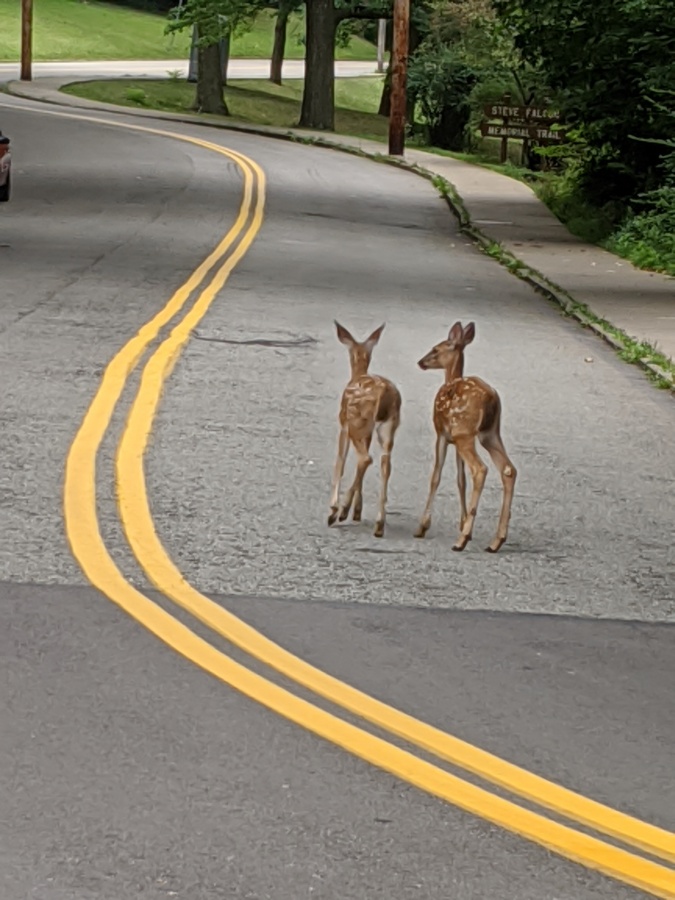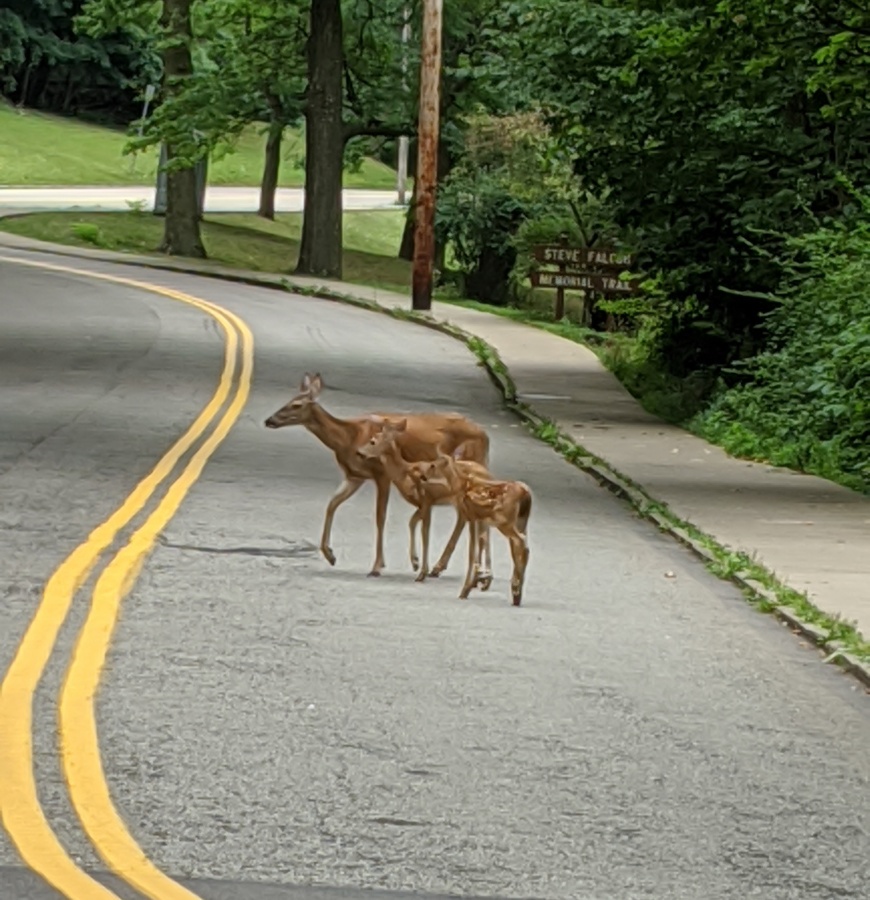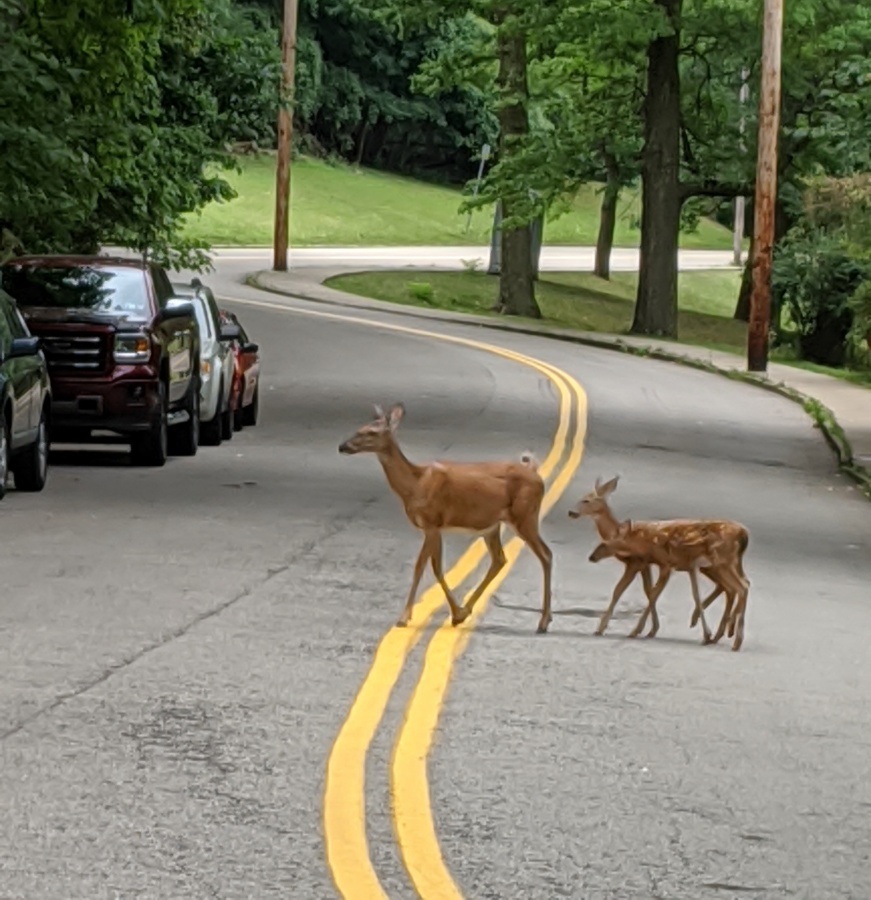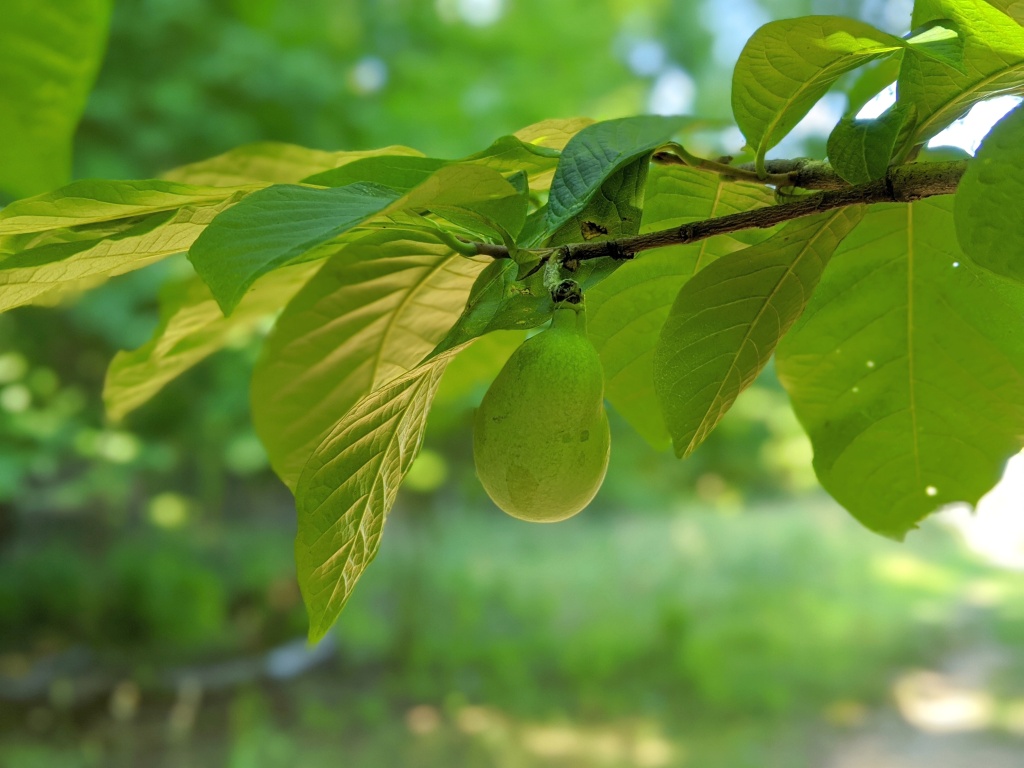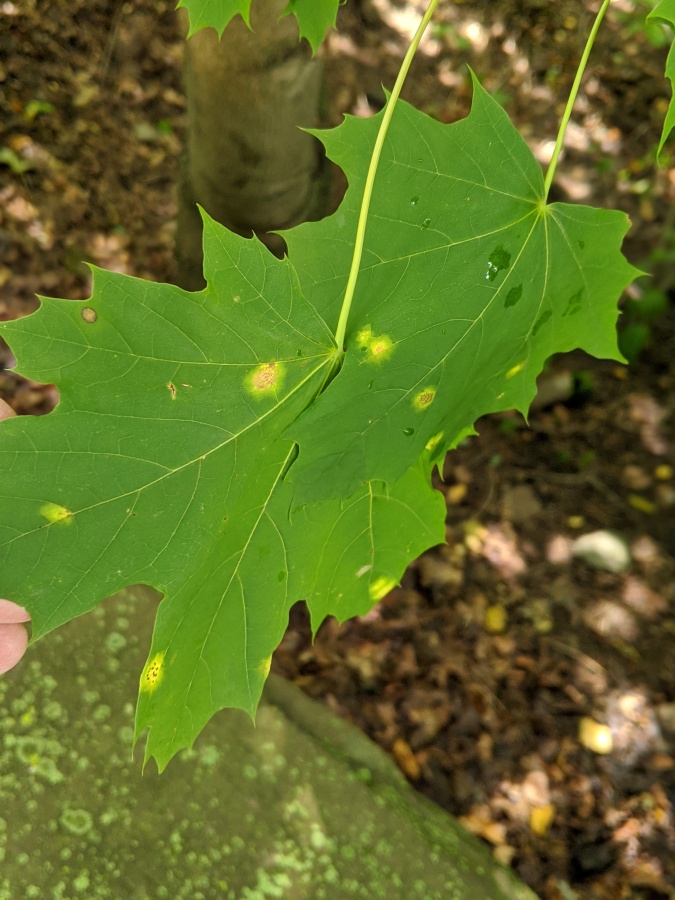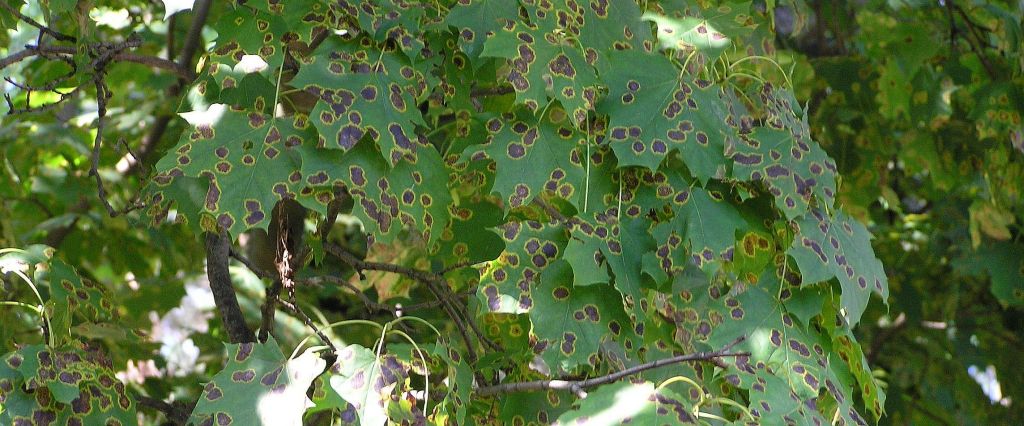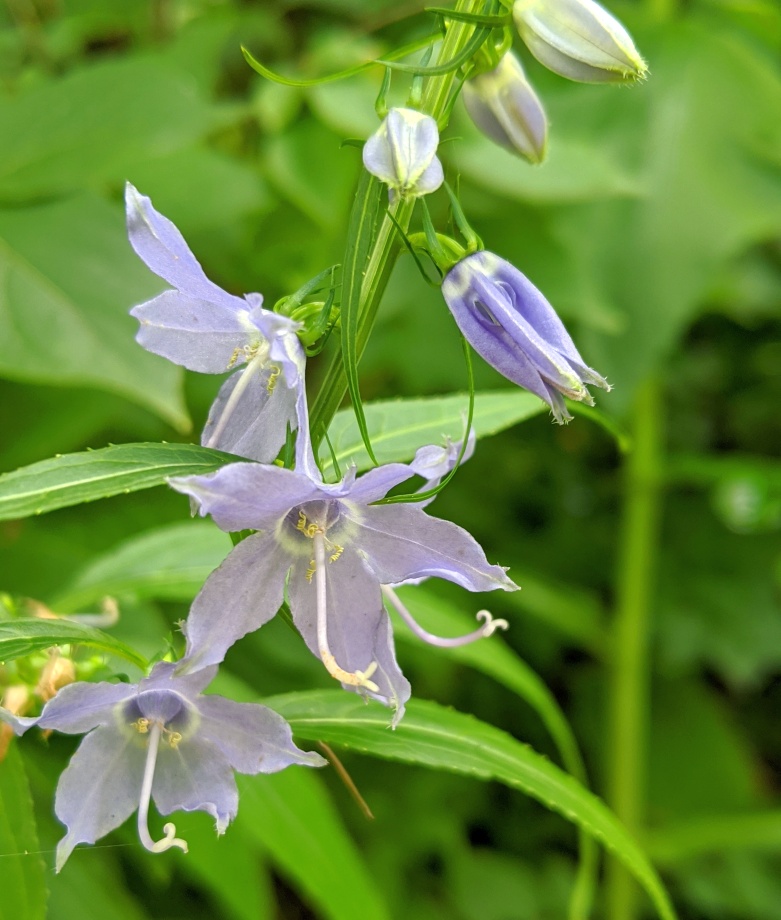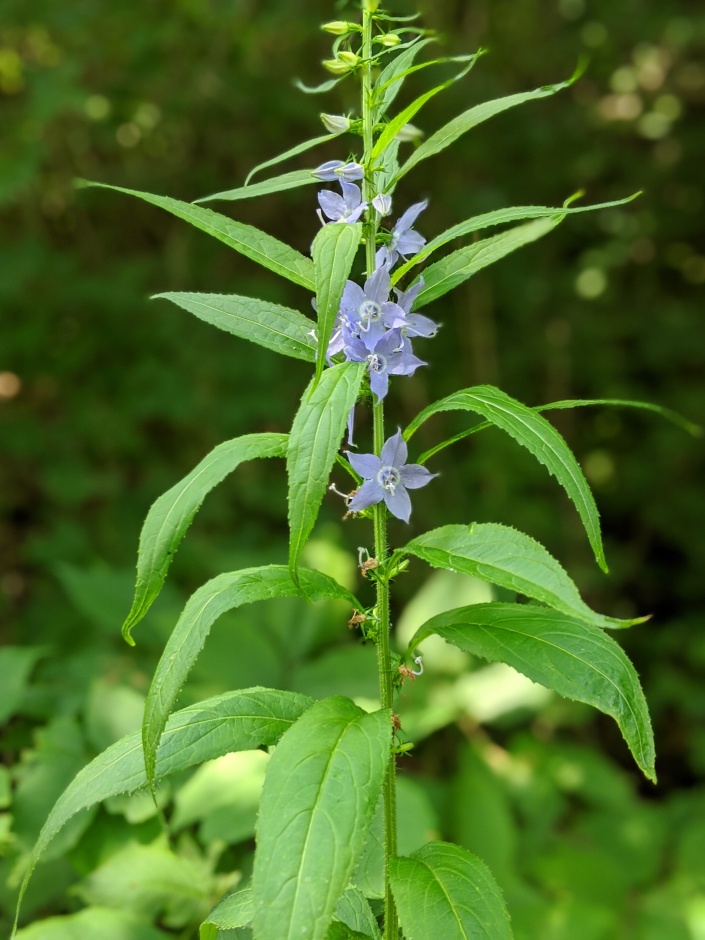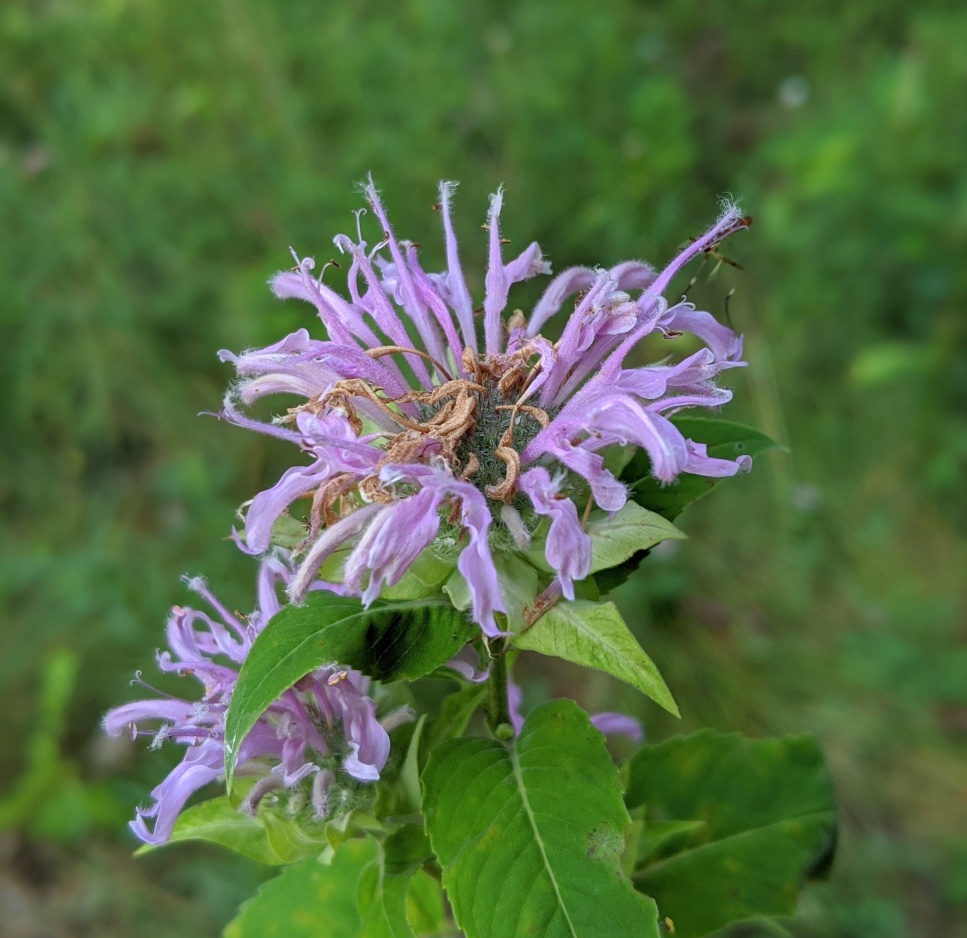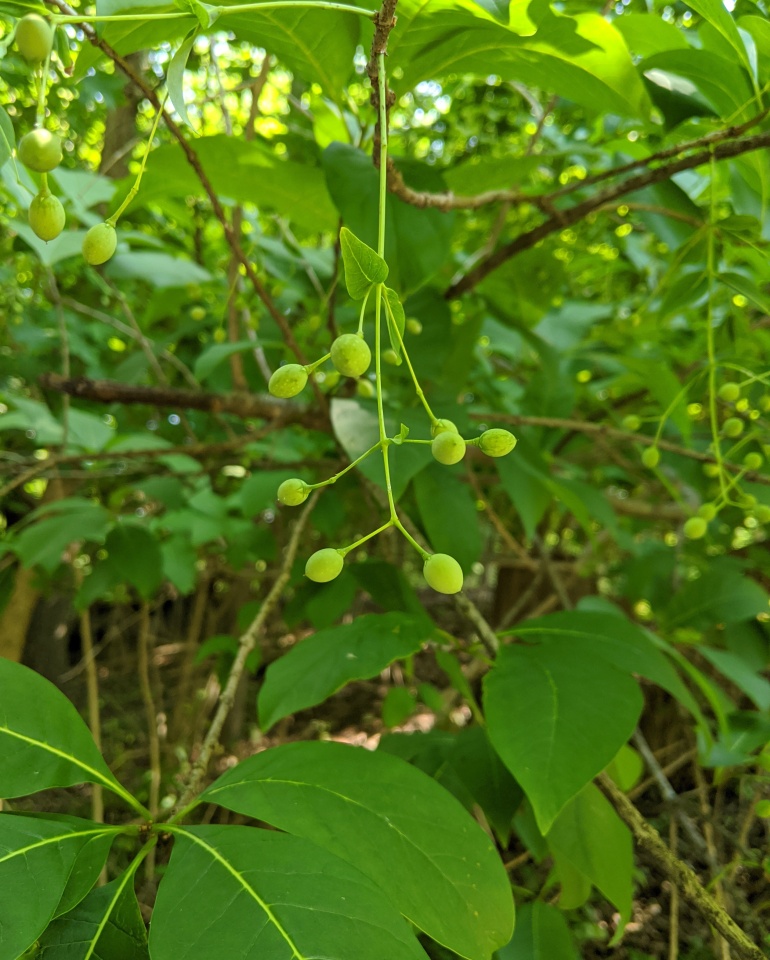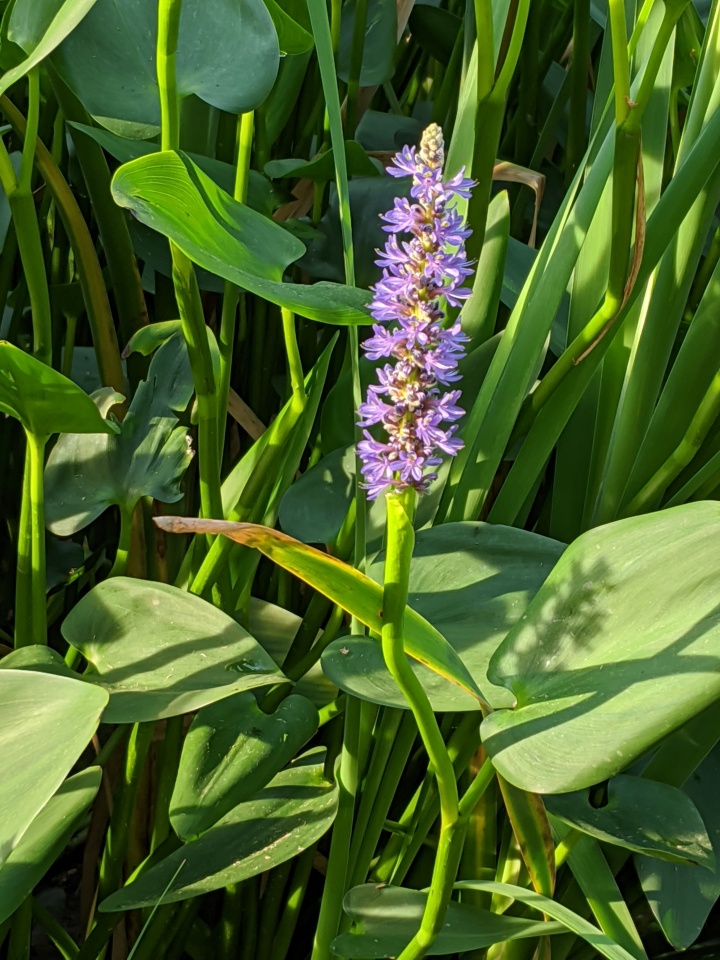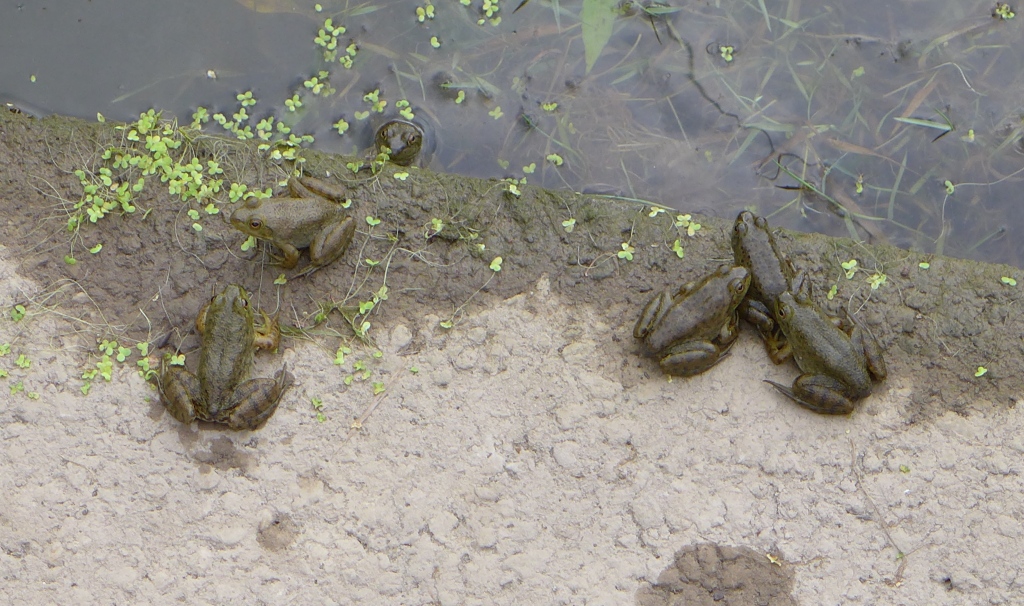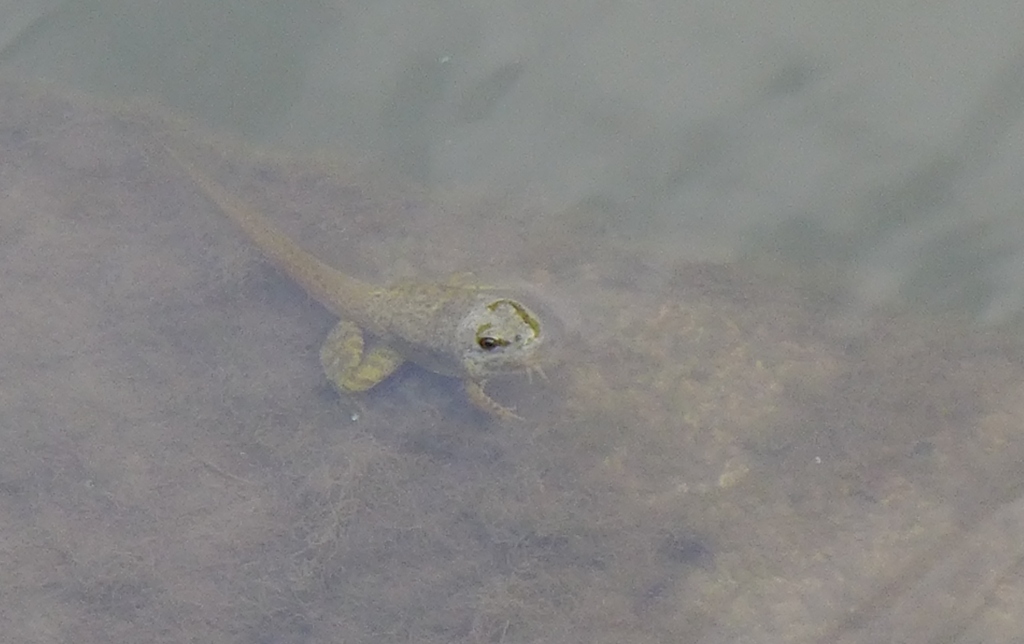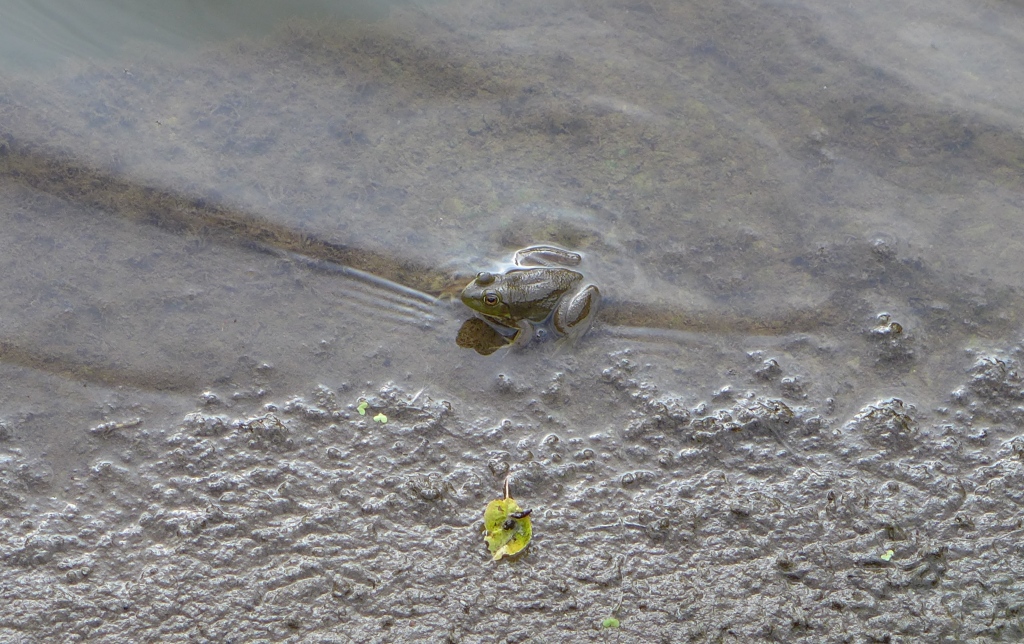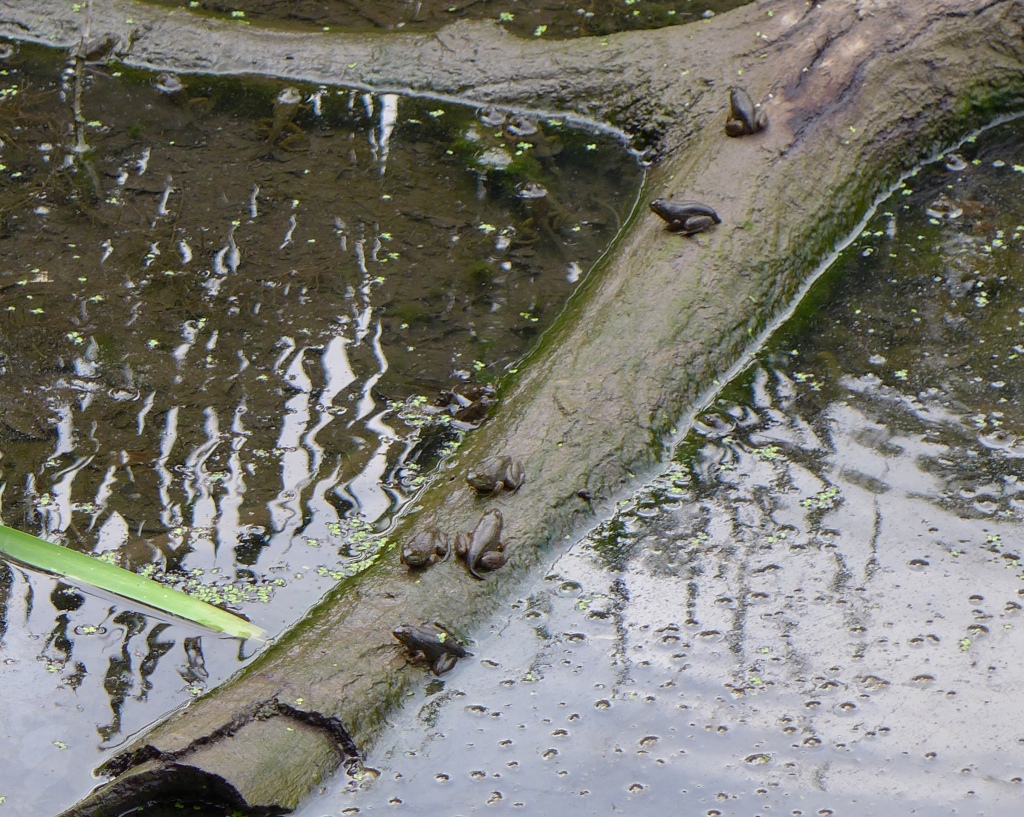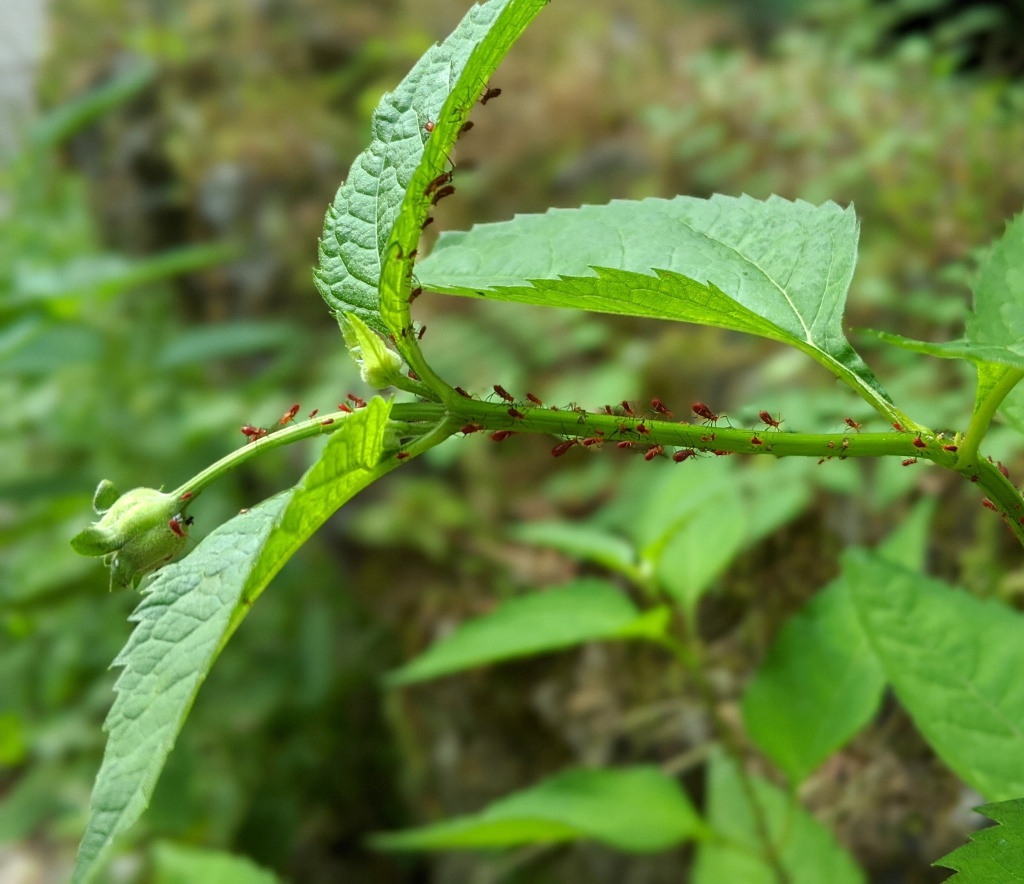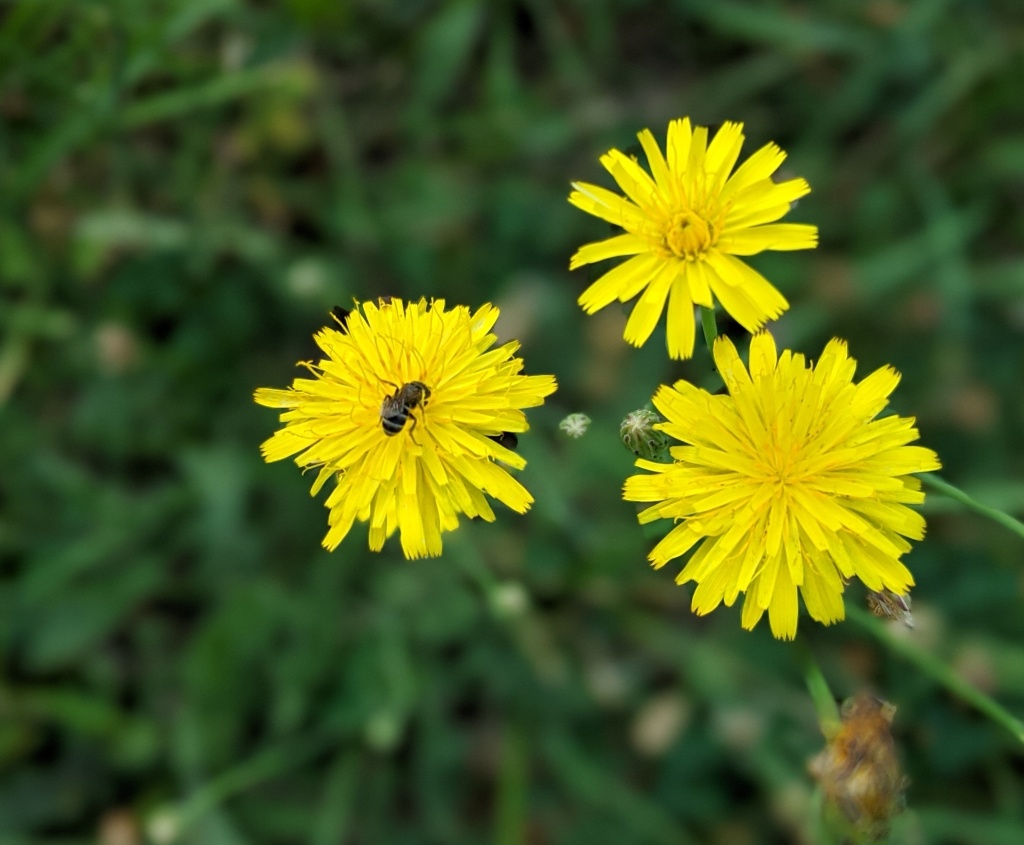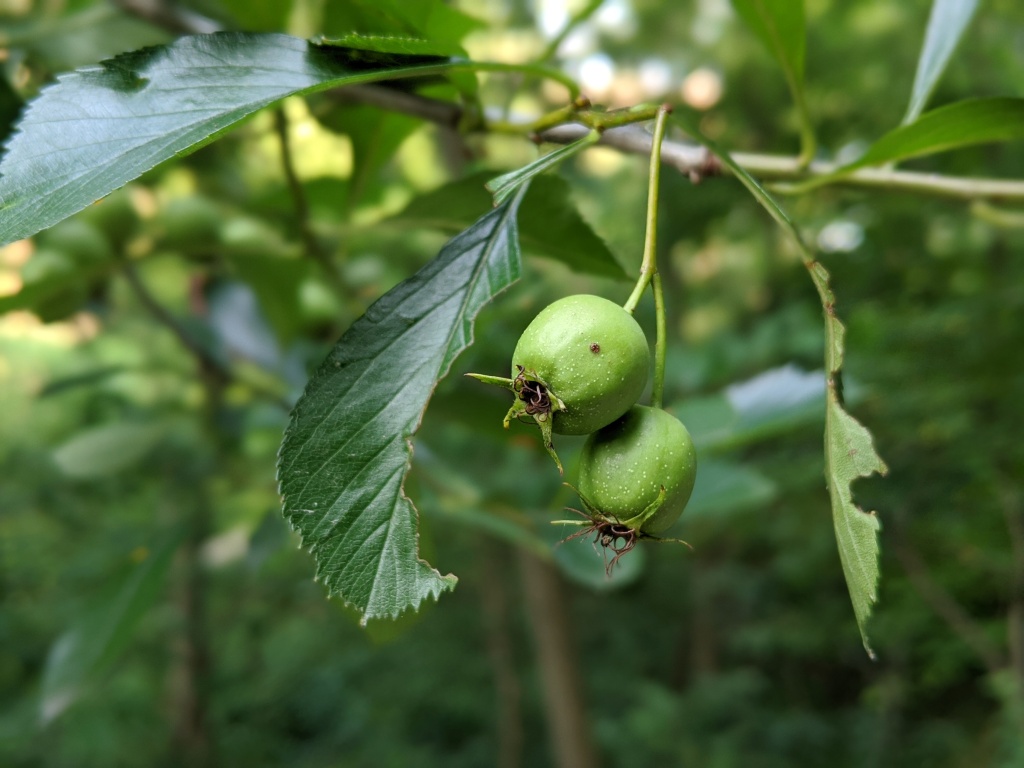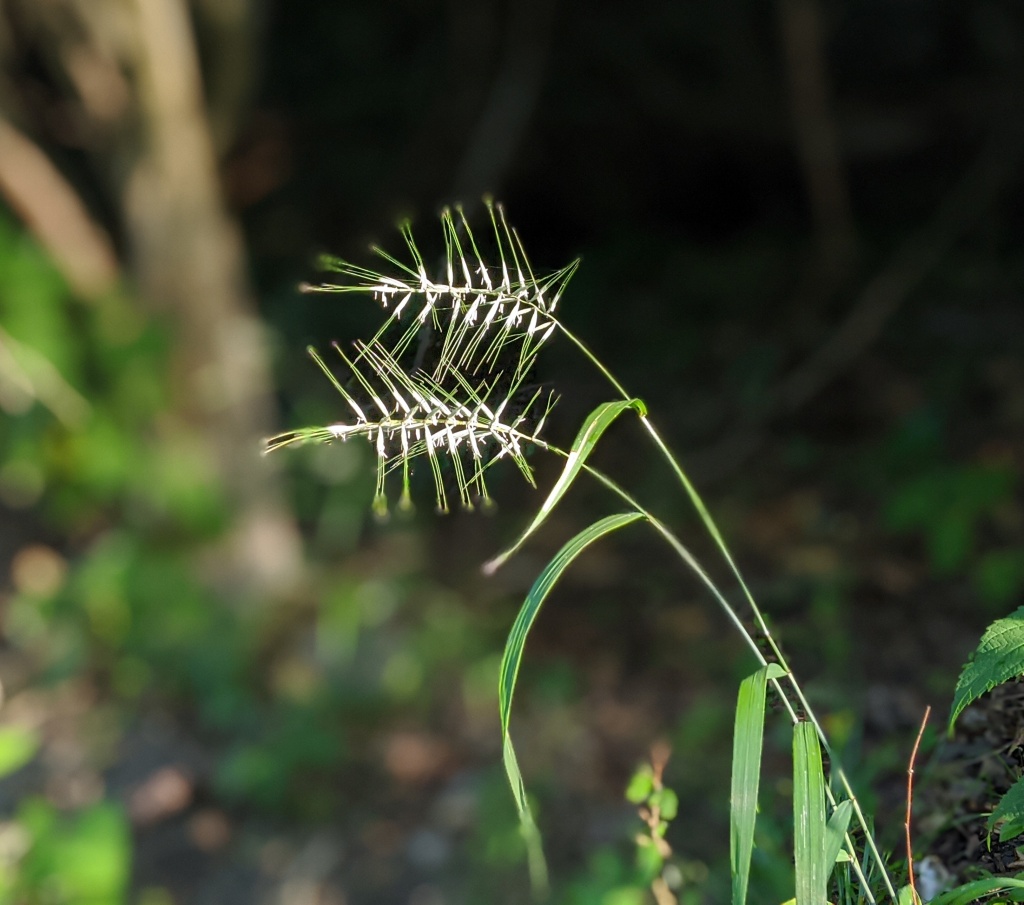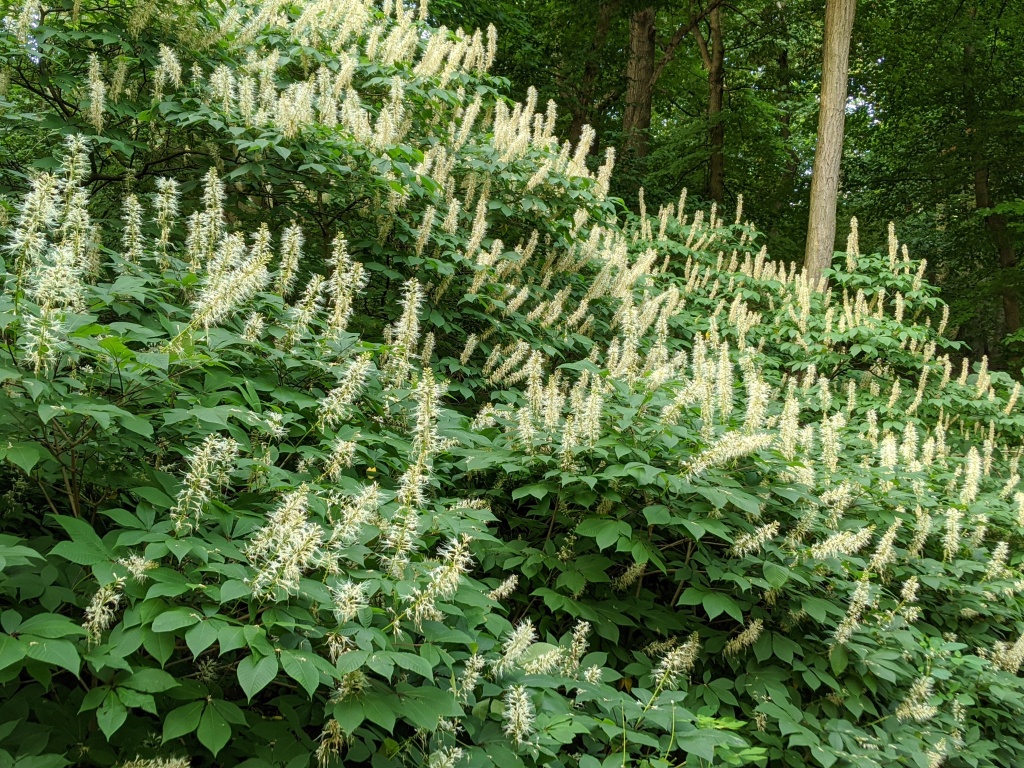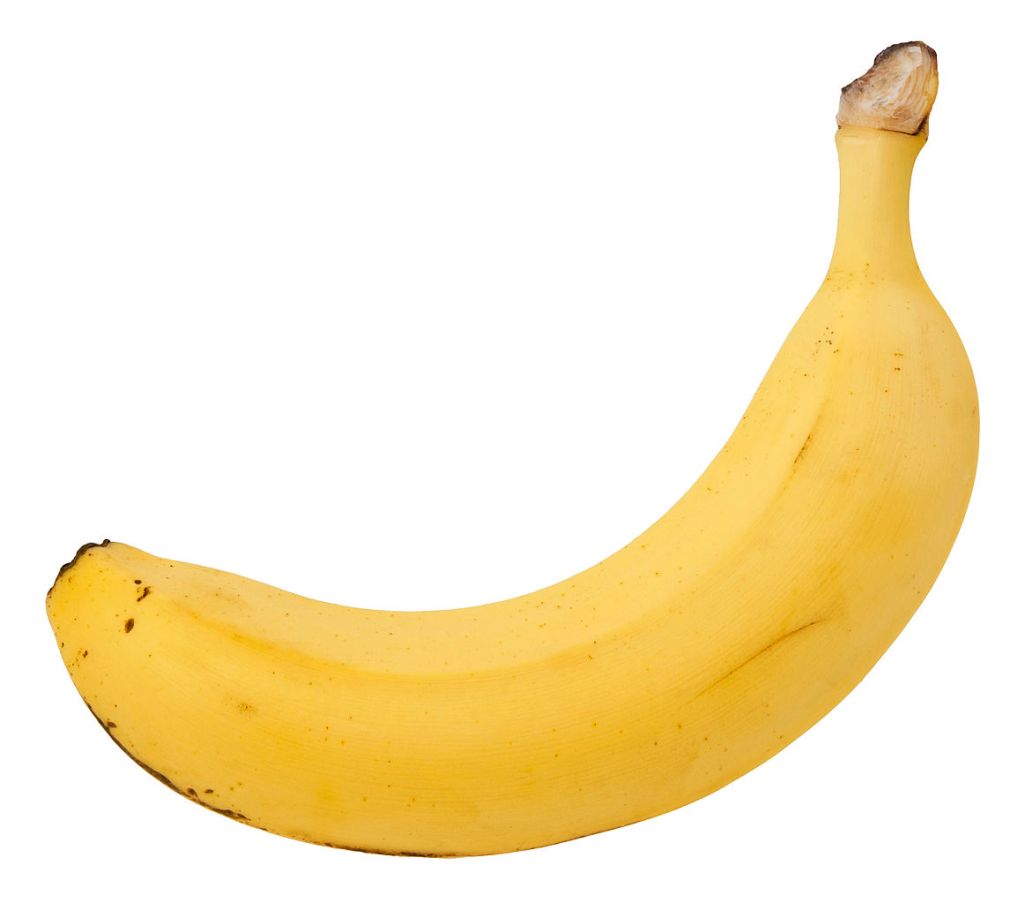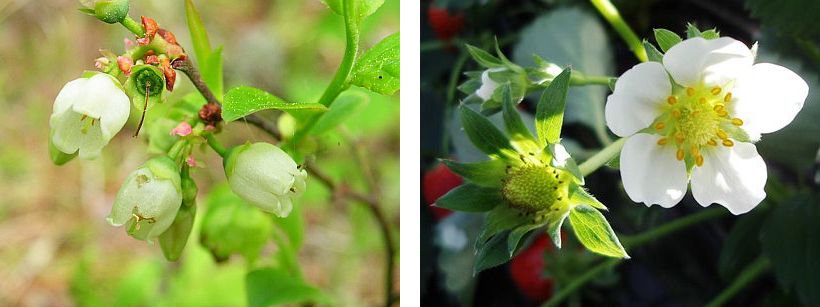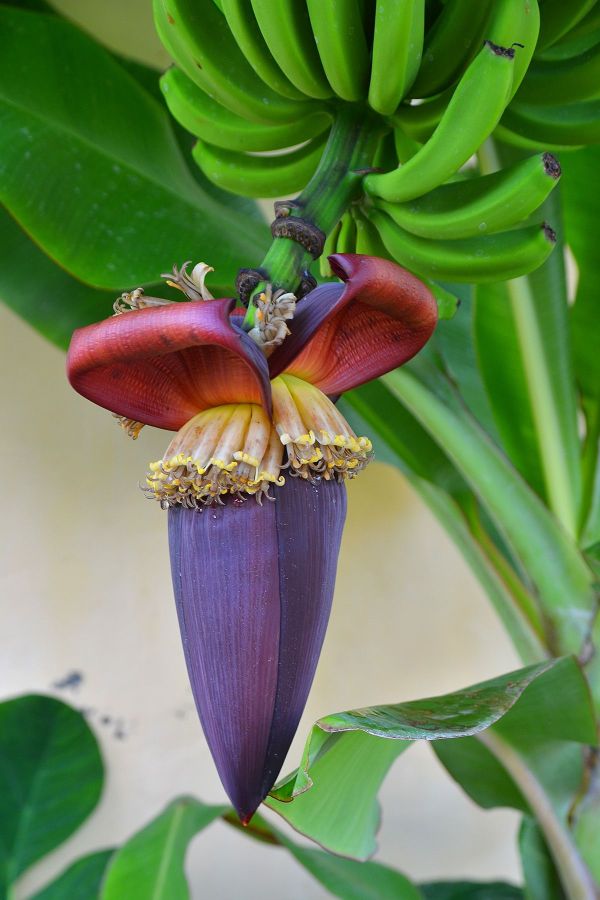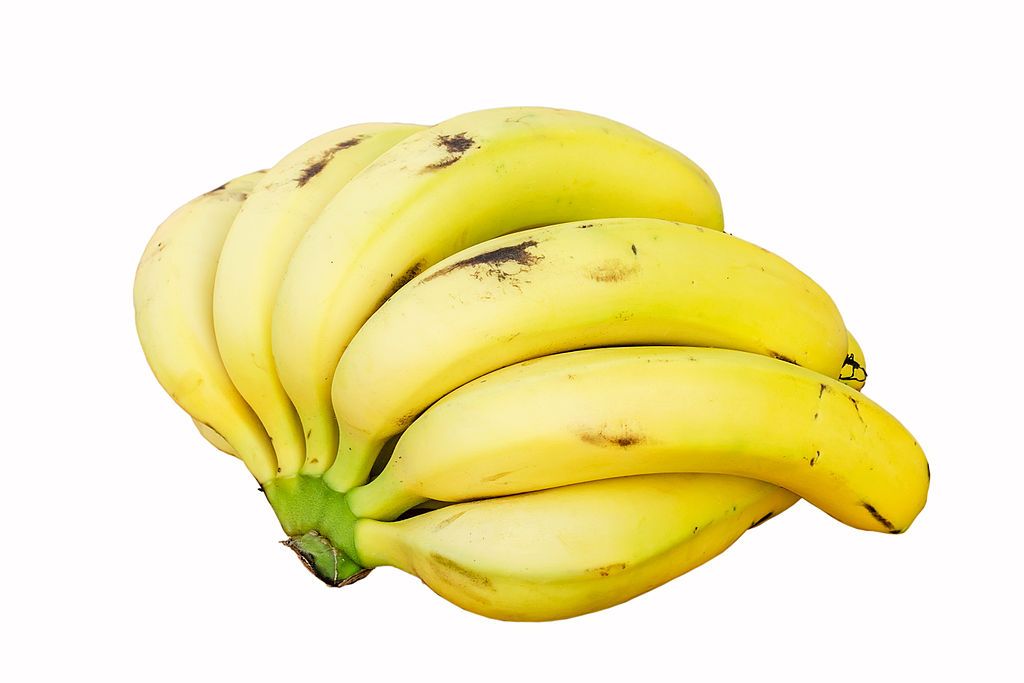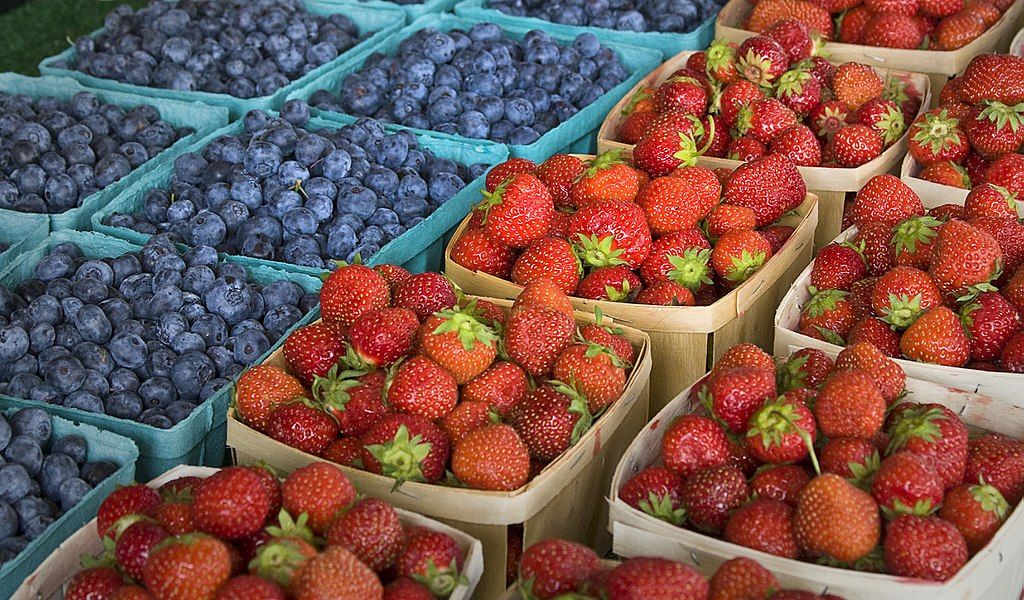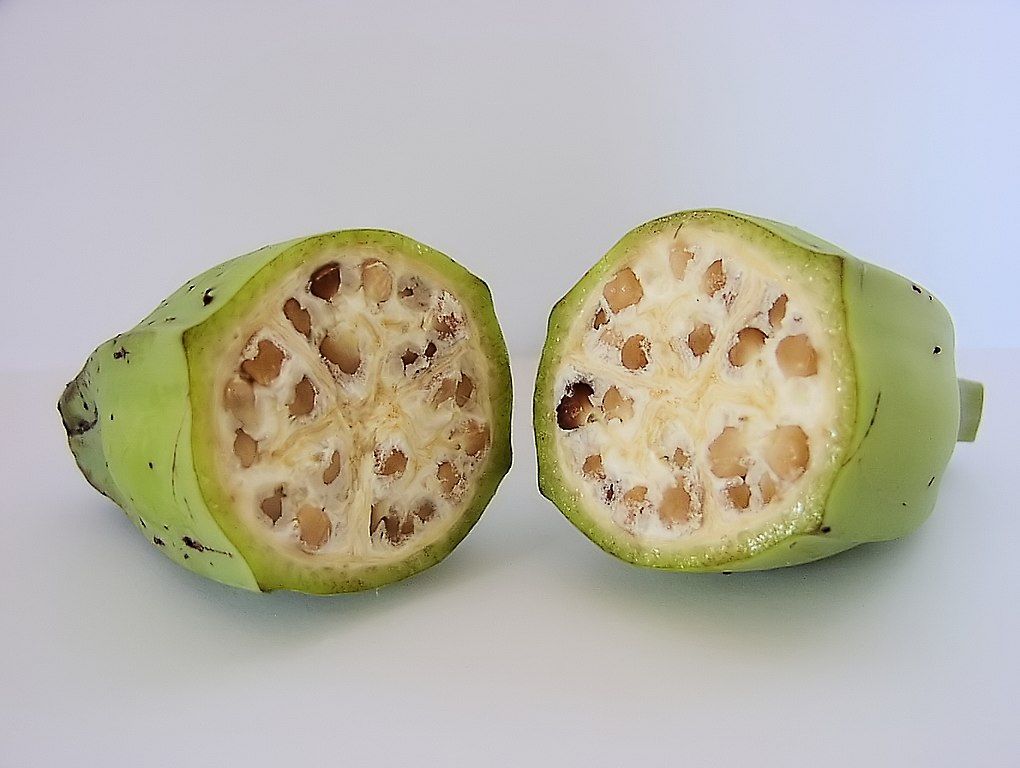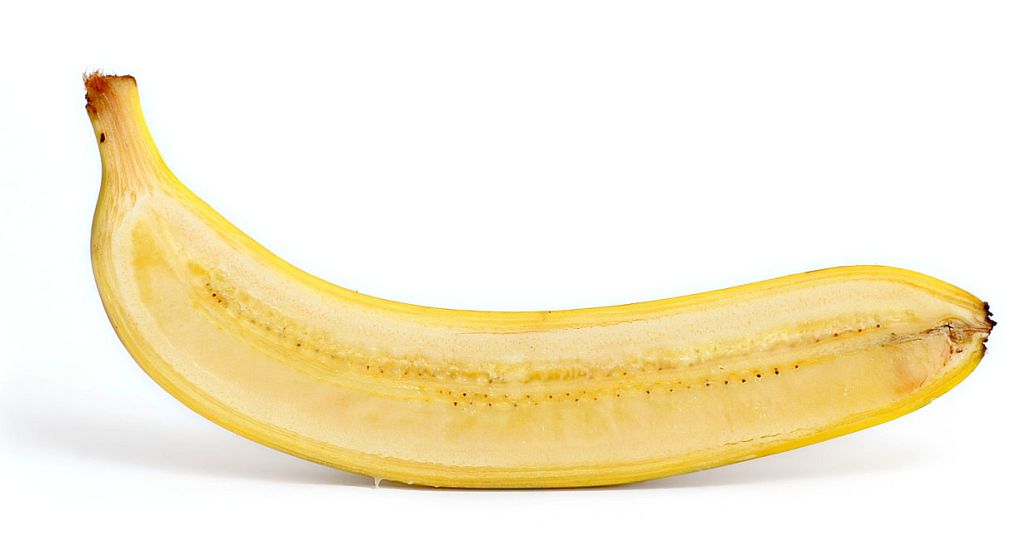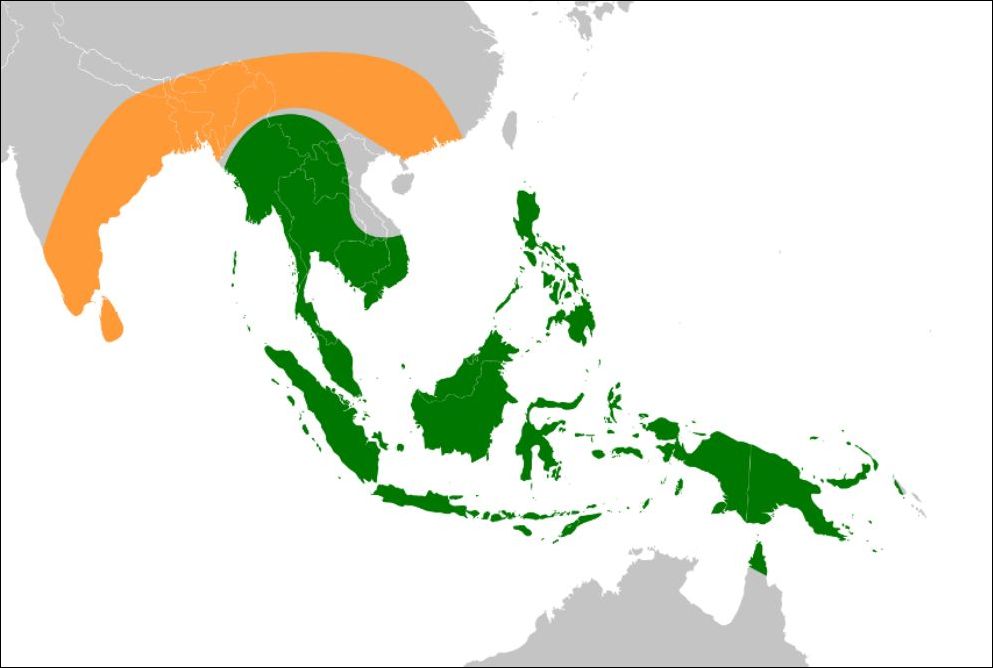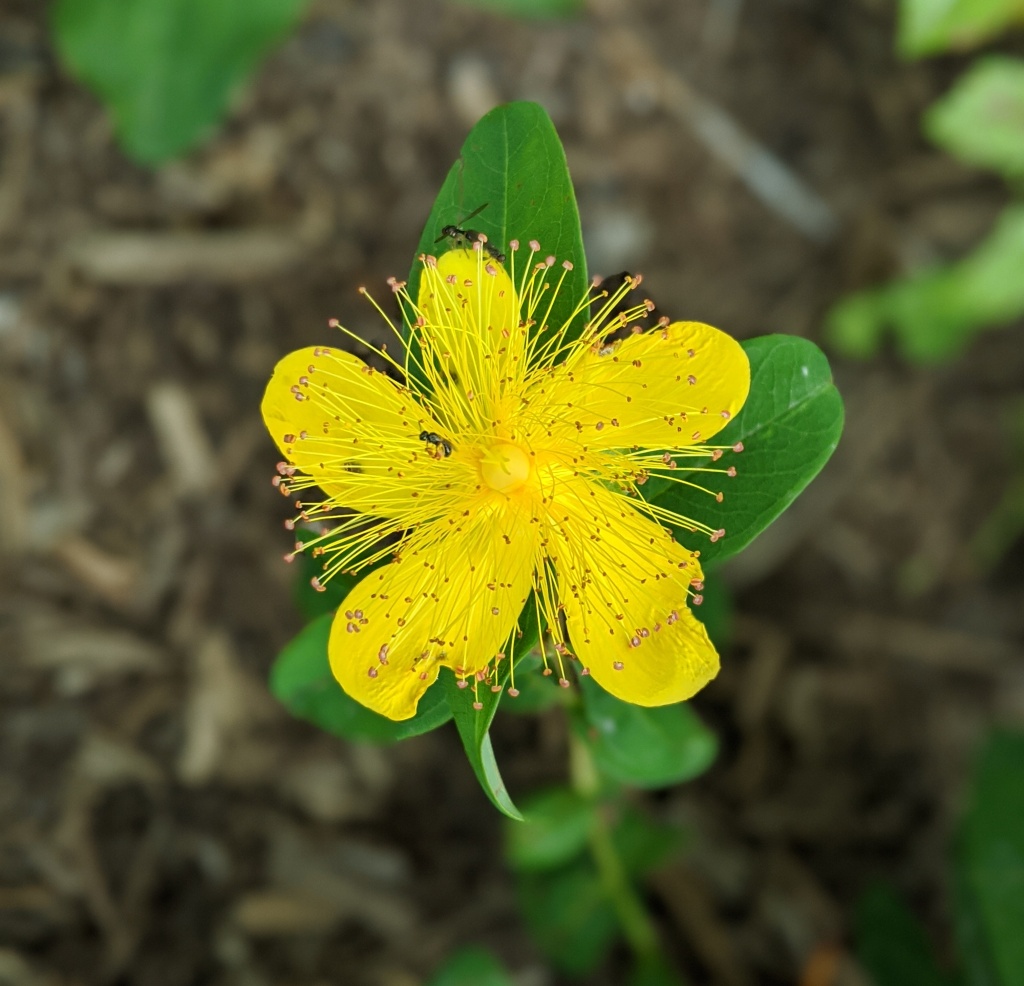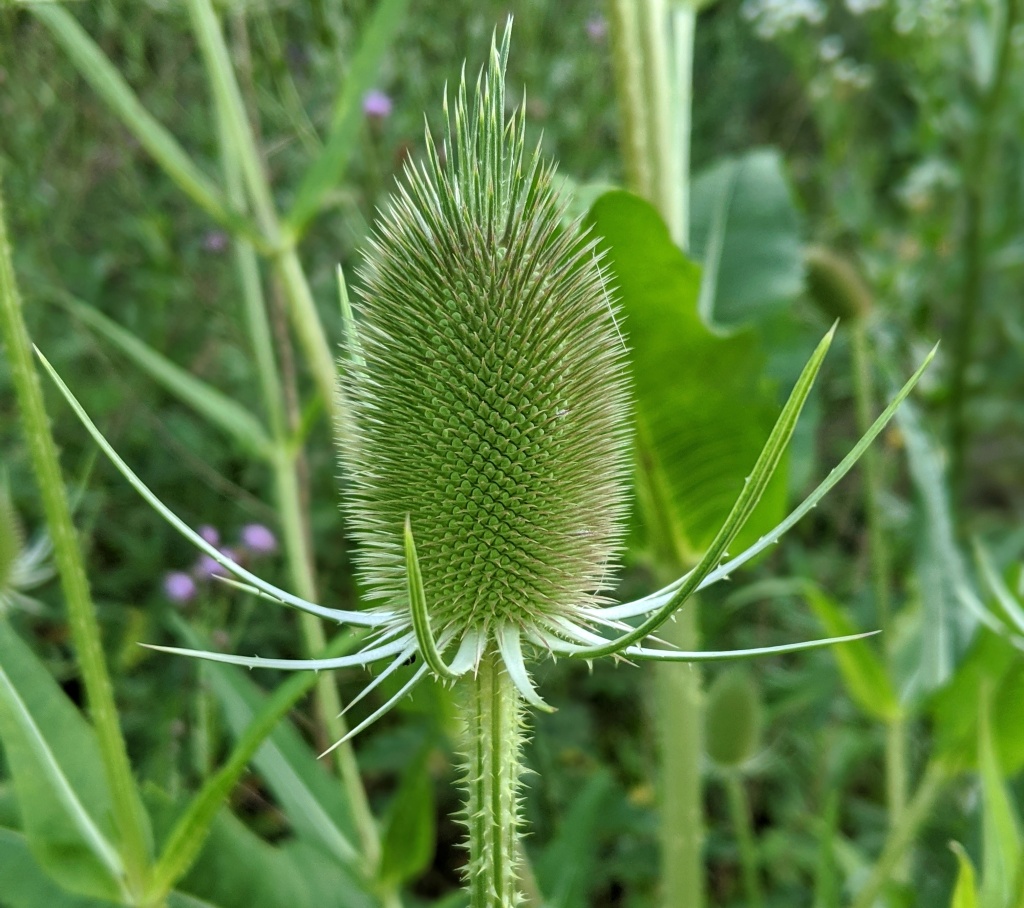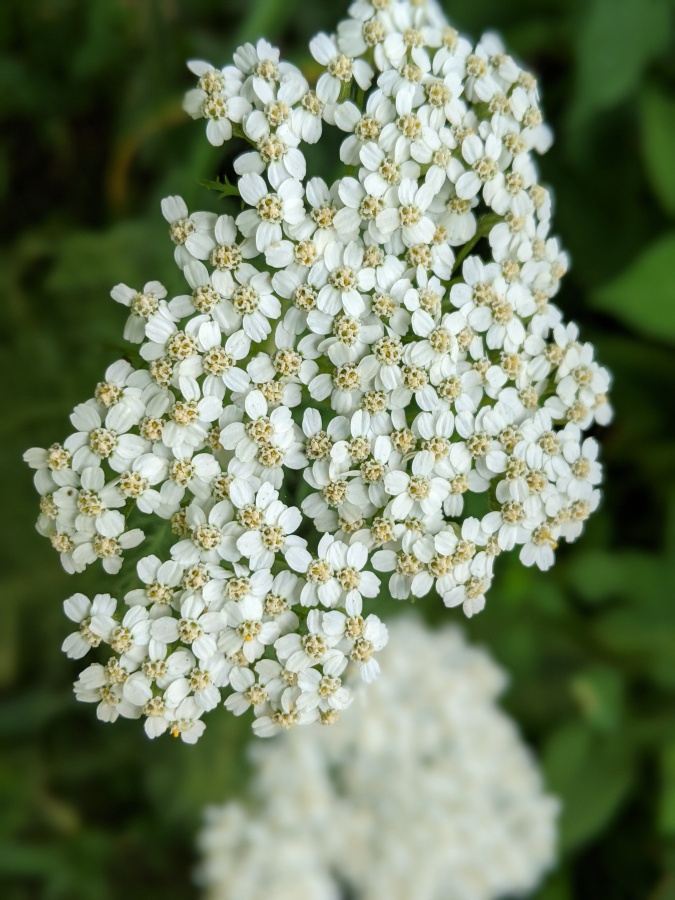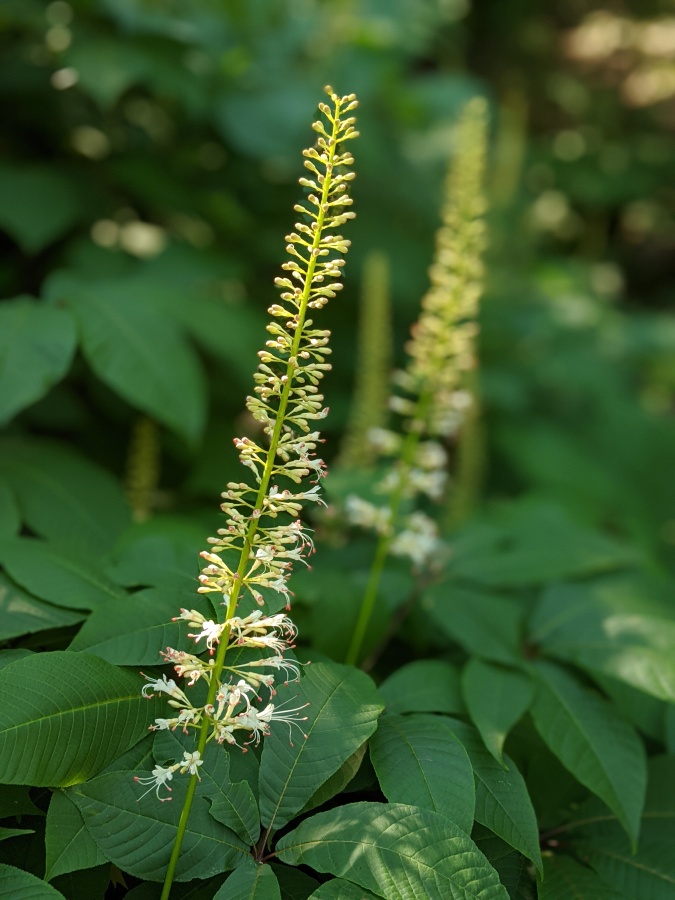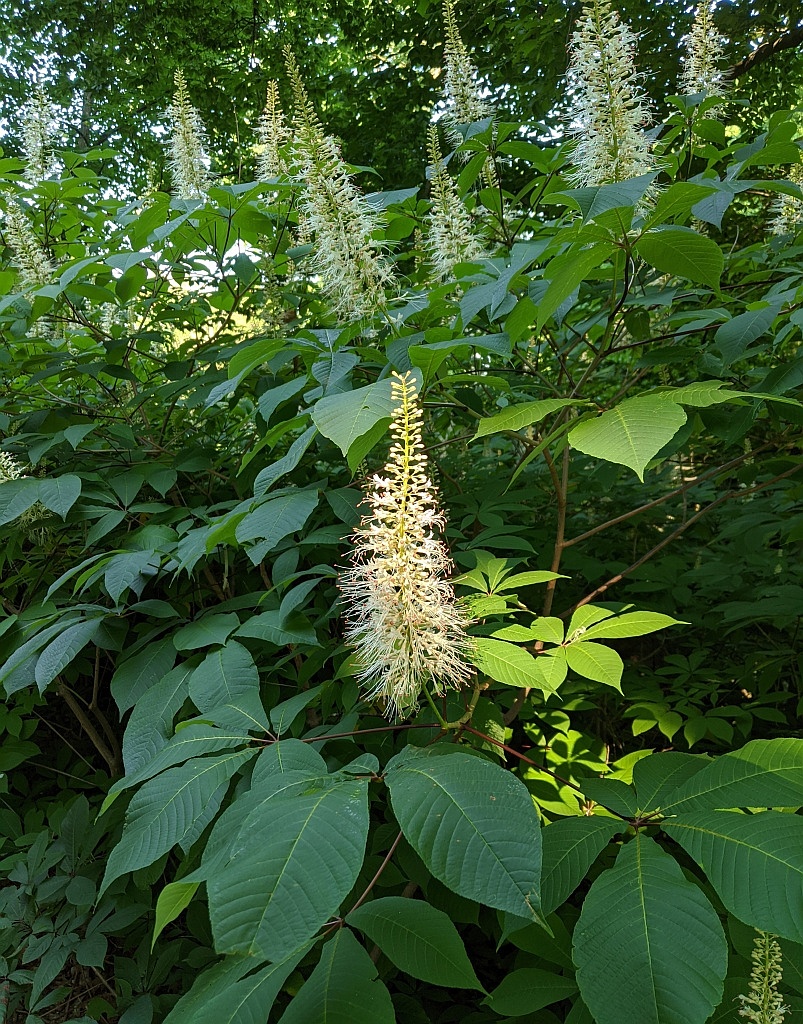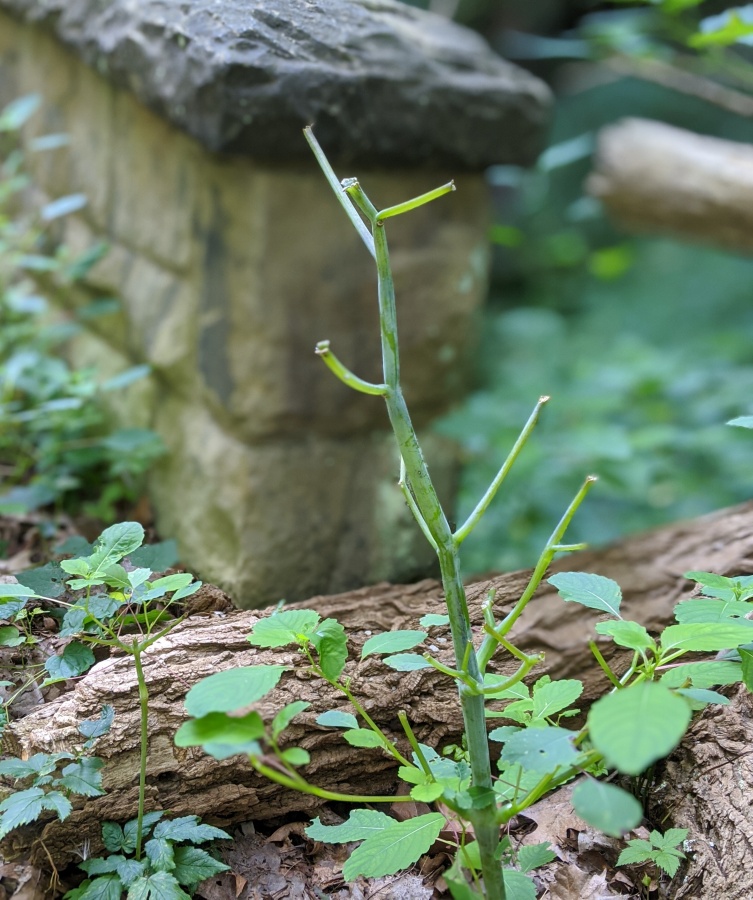
Seven years ago yellow (Impatiens pallida) and orange (Impatiens capensis) jewelweed were so plentiful in Schenley Park that their flowers attracted bumblebees, hummingbirds and my own curiosity. I often blogged about them as in this August 2013 article: Experiments with Jewelweed.
But all that has changed. In the last seven years the deer population in Schenley Park has exploded. Without predators deer can double their population in just two to three years. Two deer became 16 … and Schenley started with more than 2.
Meanwhile, edible plants have not increased exponentially and they can’t keep up with the heavy browsing. Jewelweed is a deer favorite so it’s routinely “mowed” to ankle height.
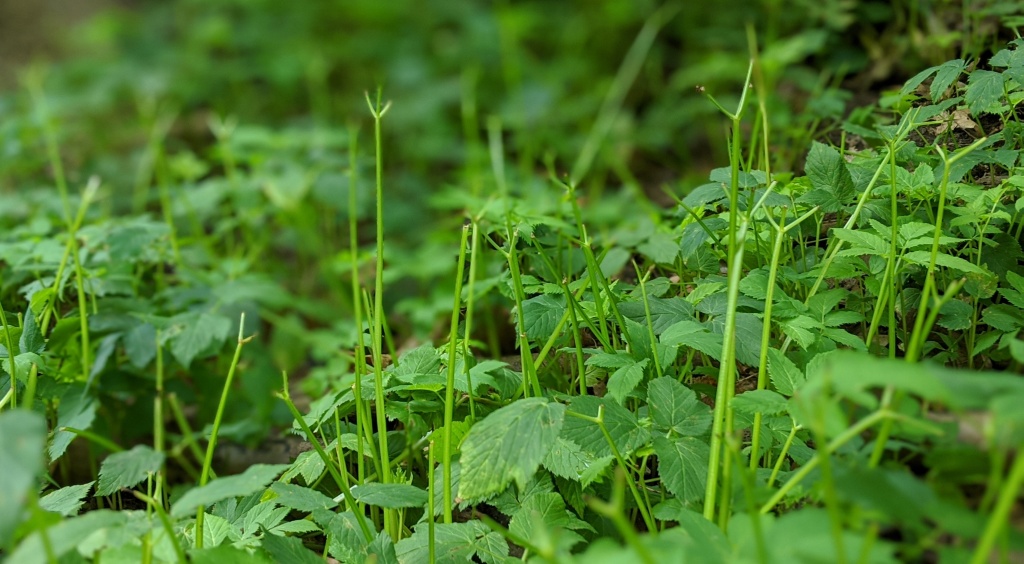
A few individuals are able to sprout new leaves while the deer consume other areas but these recovering plants are few and far between.
This summer it’s hard to find a complete plant.
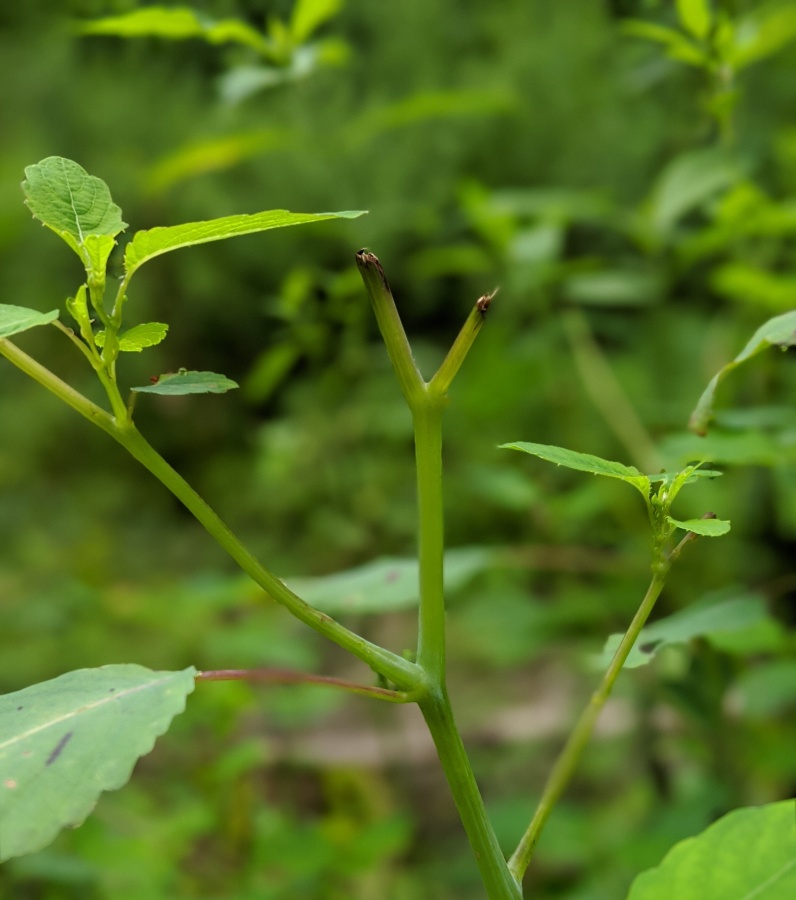
The situation bothers me but has posed real problems for Andrea Fetters of the University of Pittsburgh who is studying pollen-associated viruses in Impatiens capensis and Impatiens pallida. She has so few study objects in Schenley Park that she’s had to add study sites north of Pittsburgh where jewelweed thrives because deer aren’t so plentiful.
Unfortunately the number of deer in Schenley Park is not going down any time soon. Predators, other than cars, would solve the problem. My friend Andrea Boykowycz suggests cougars, the “Pitt panther” mascot. It would be fitting to have two in Panther Hollow. Well, we already do but they’re frozen in place.
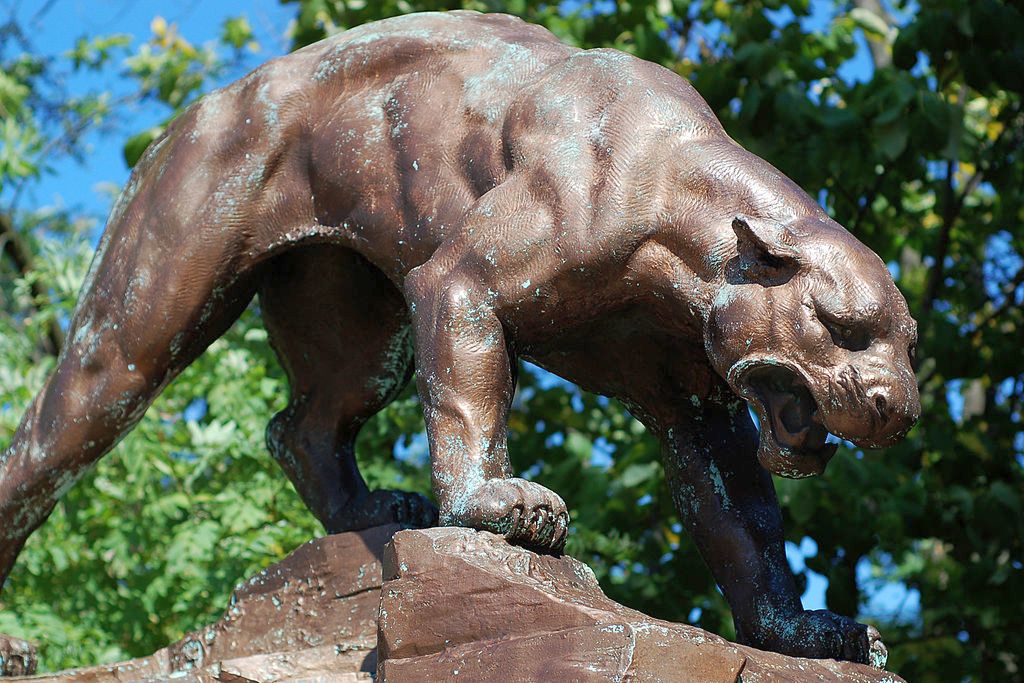
Meanwhile, the ravagers of jewelweed keep eating.
(photos by Kate St. John)
